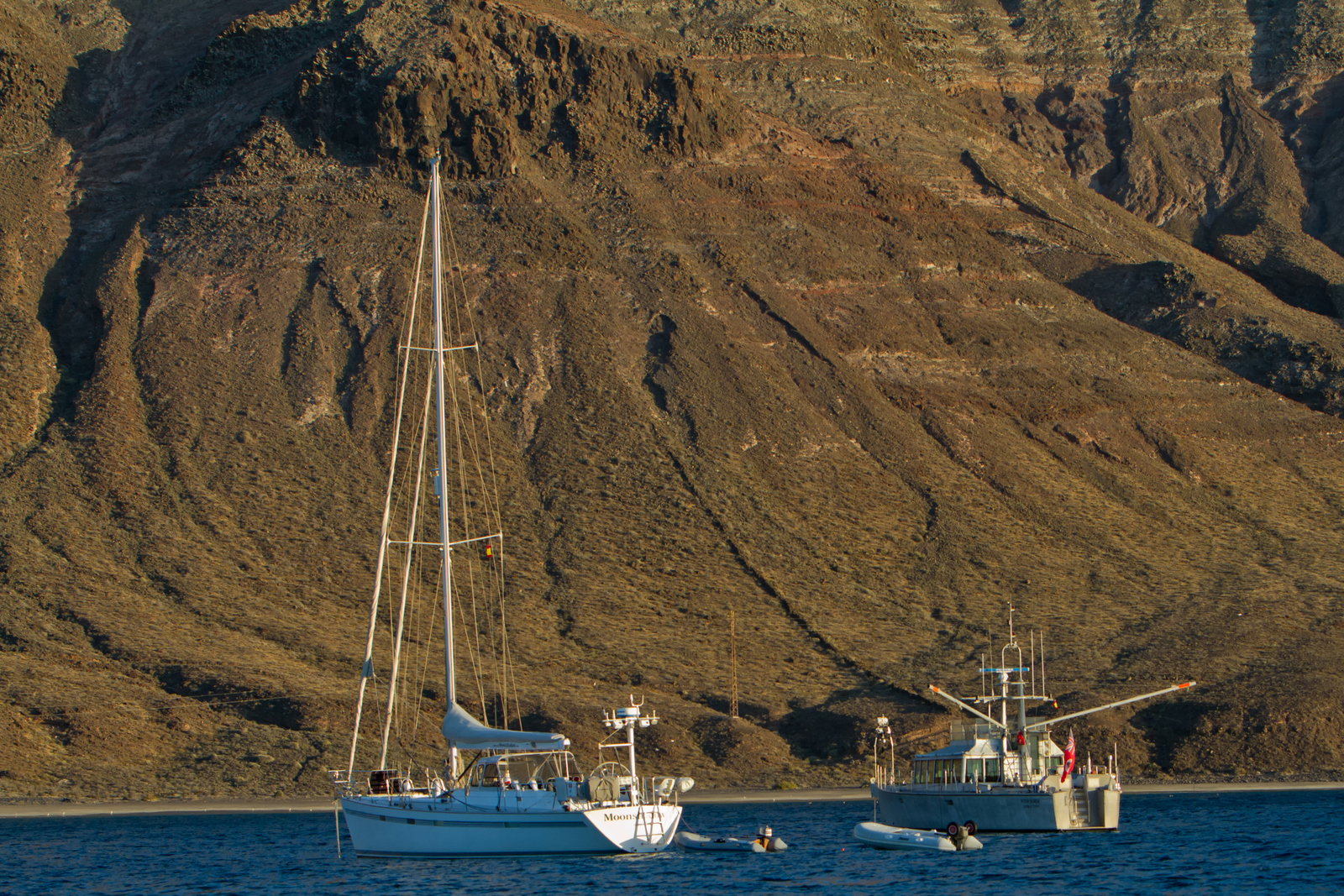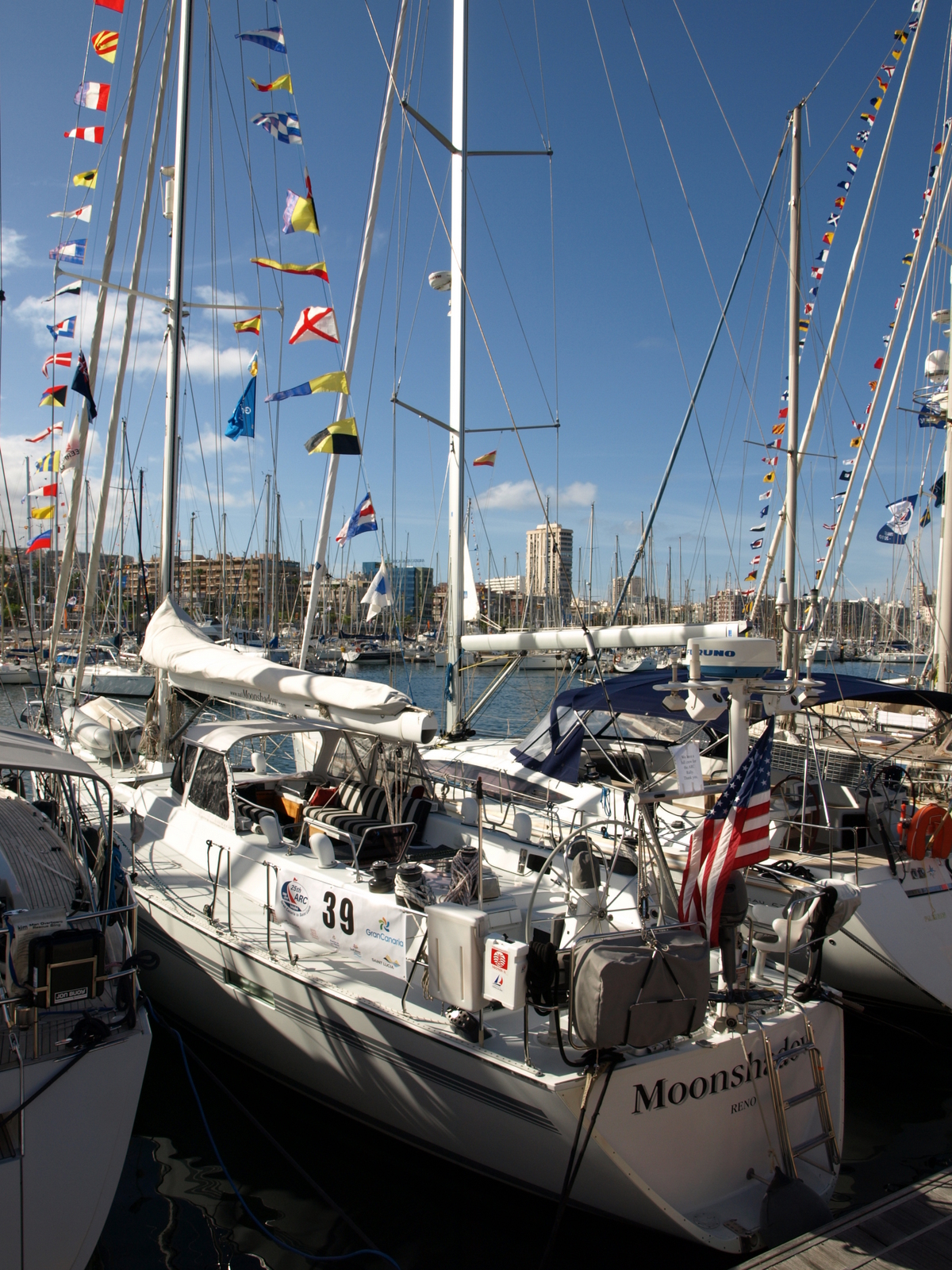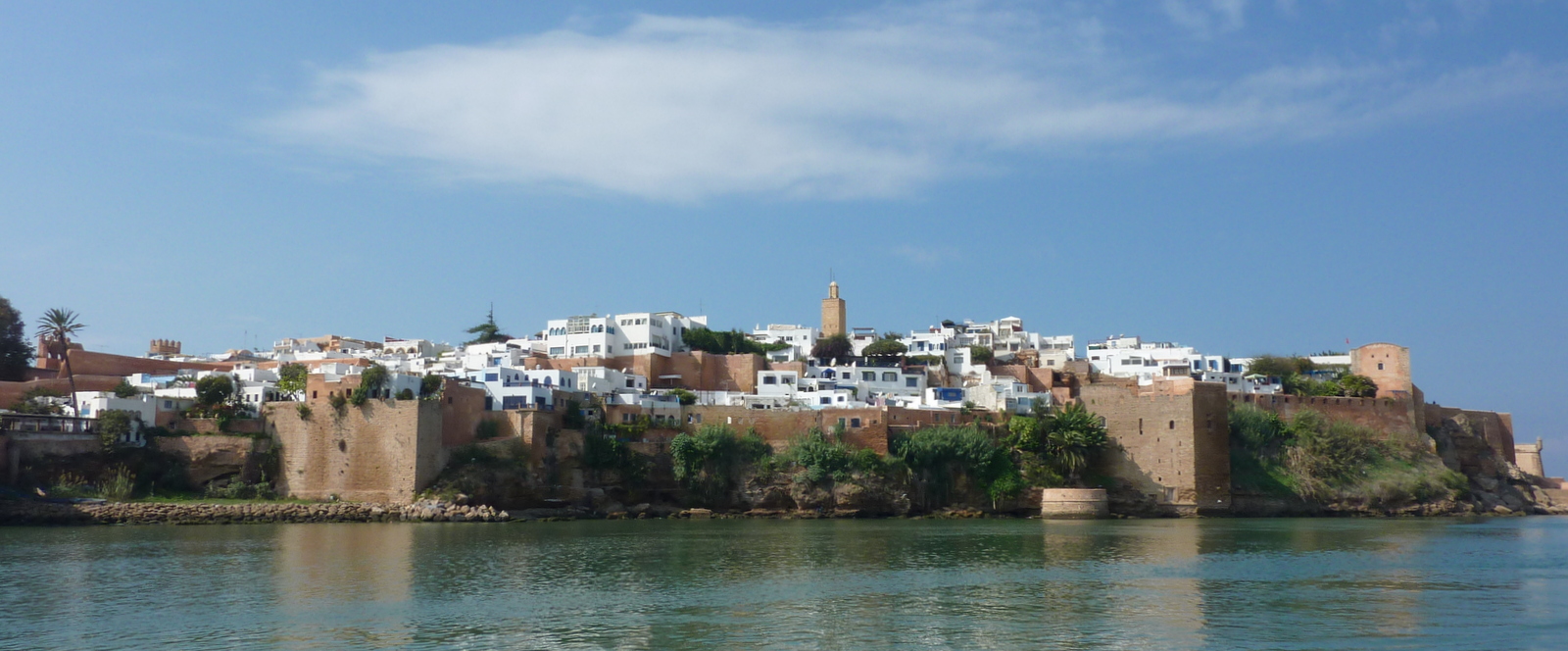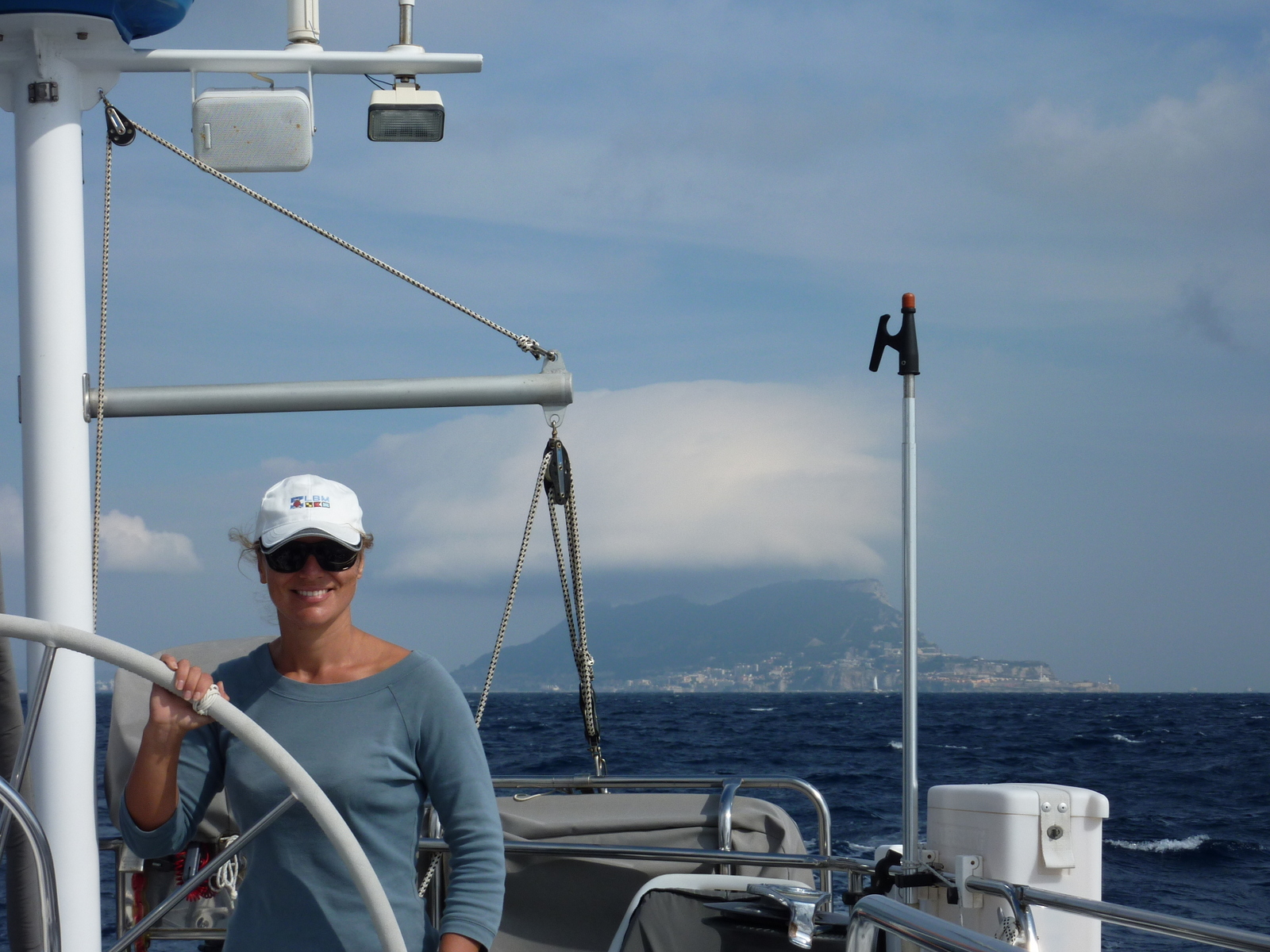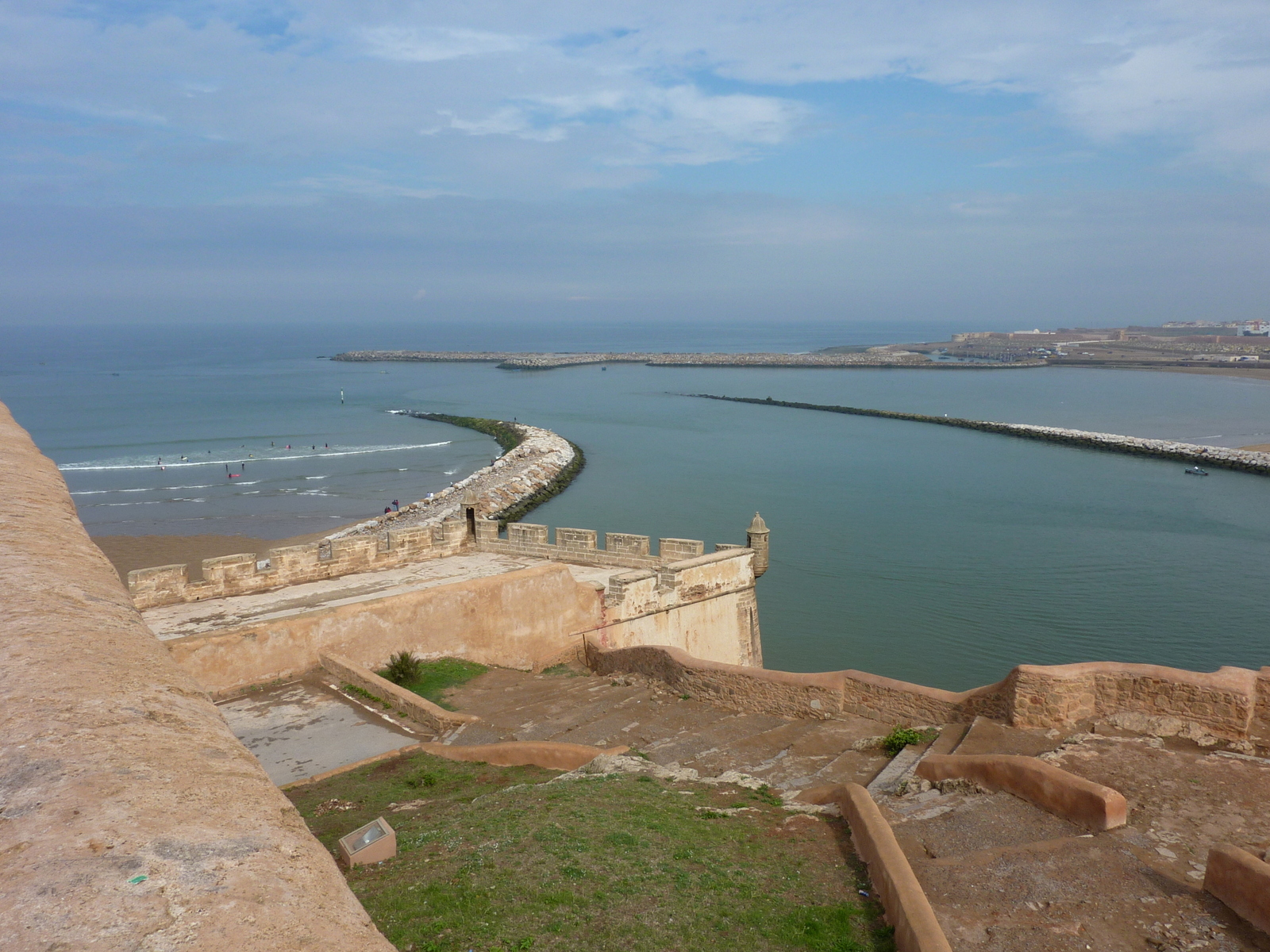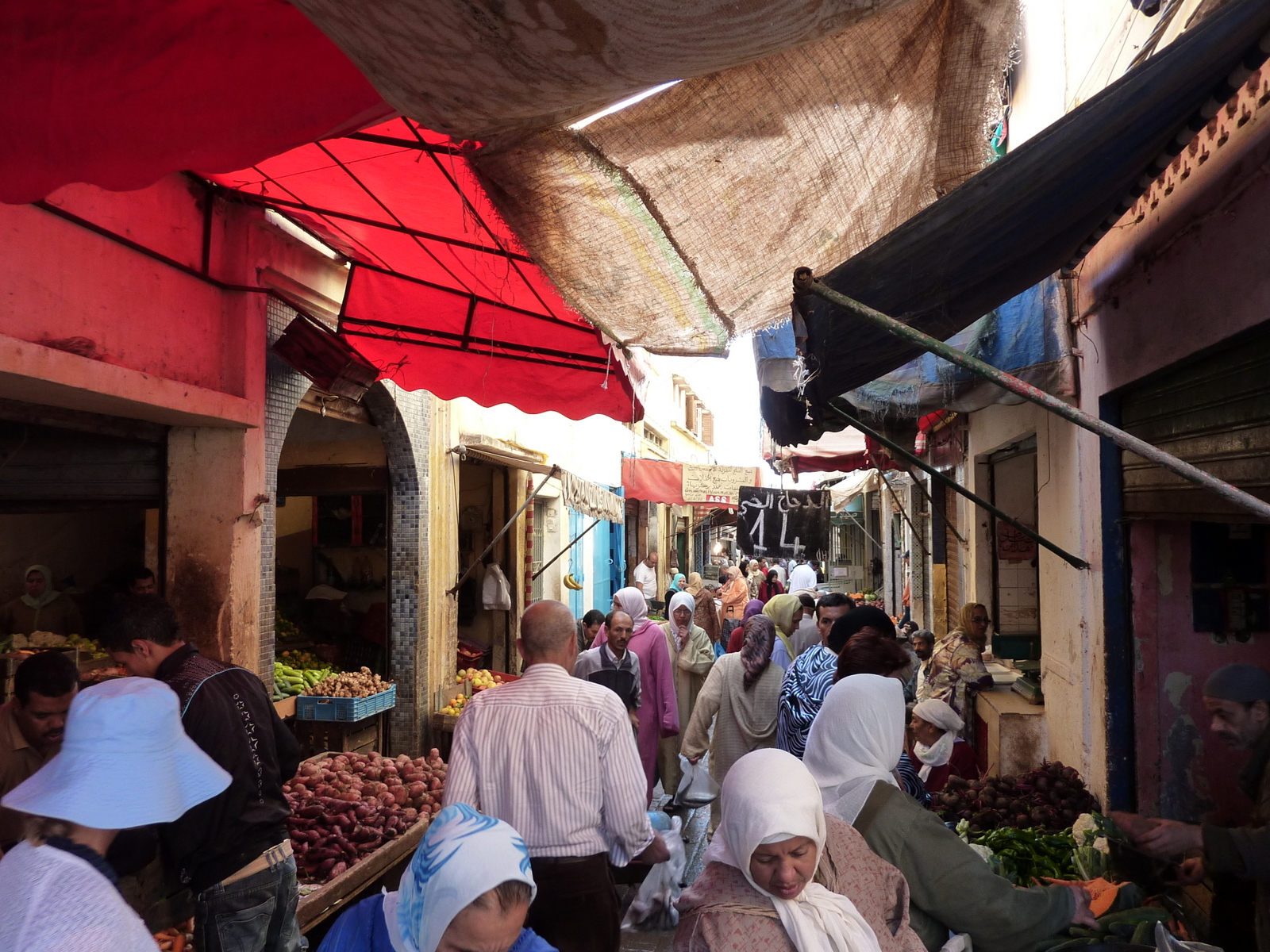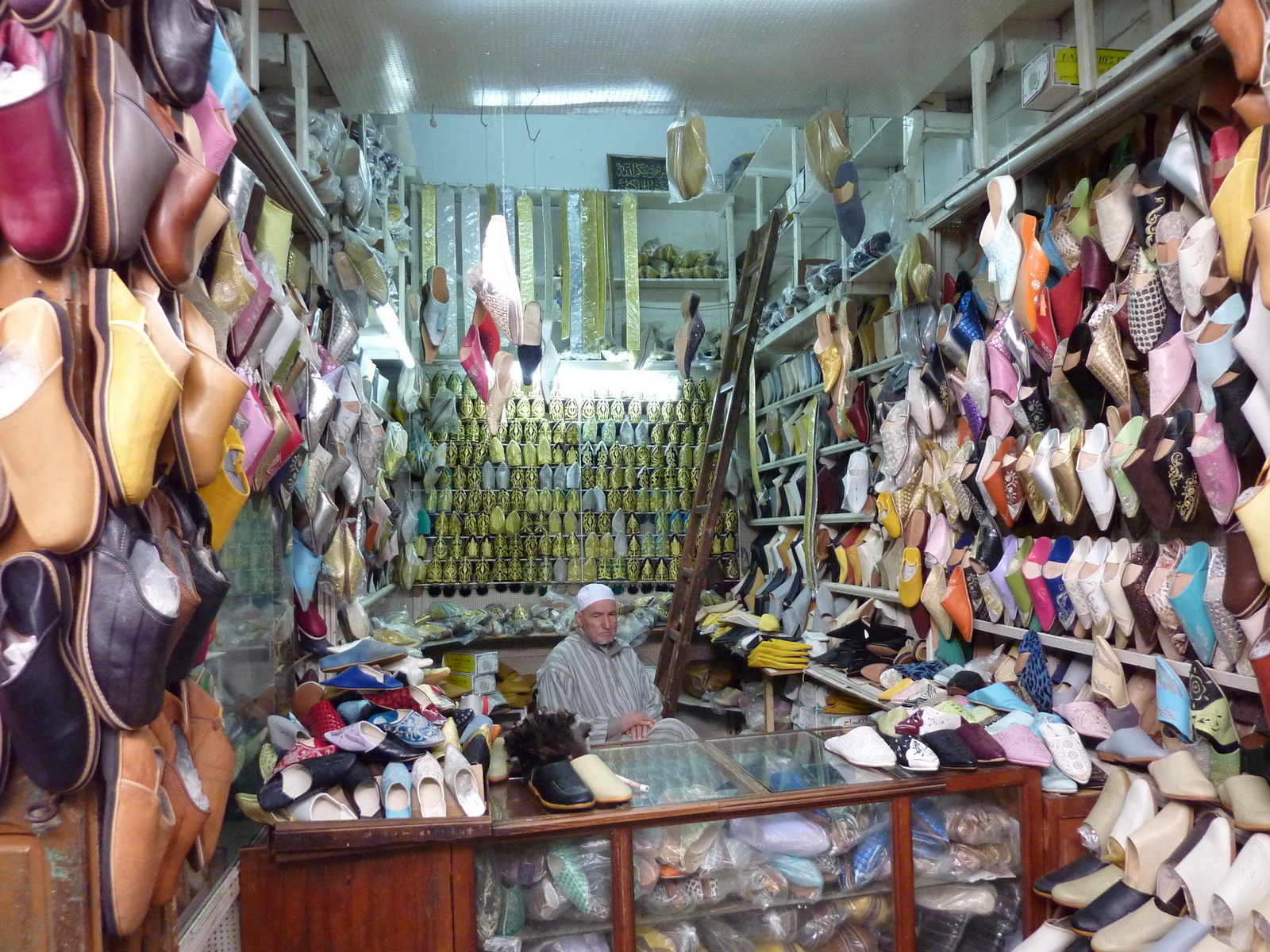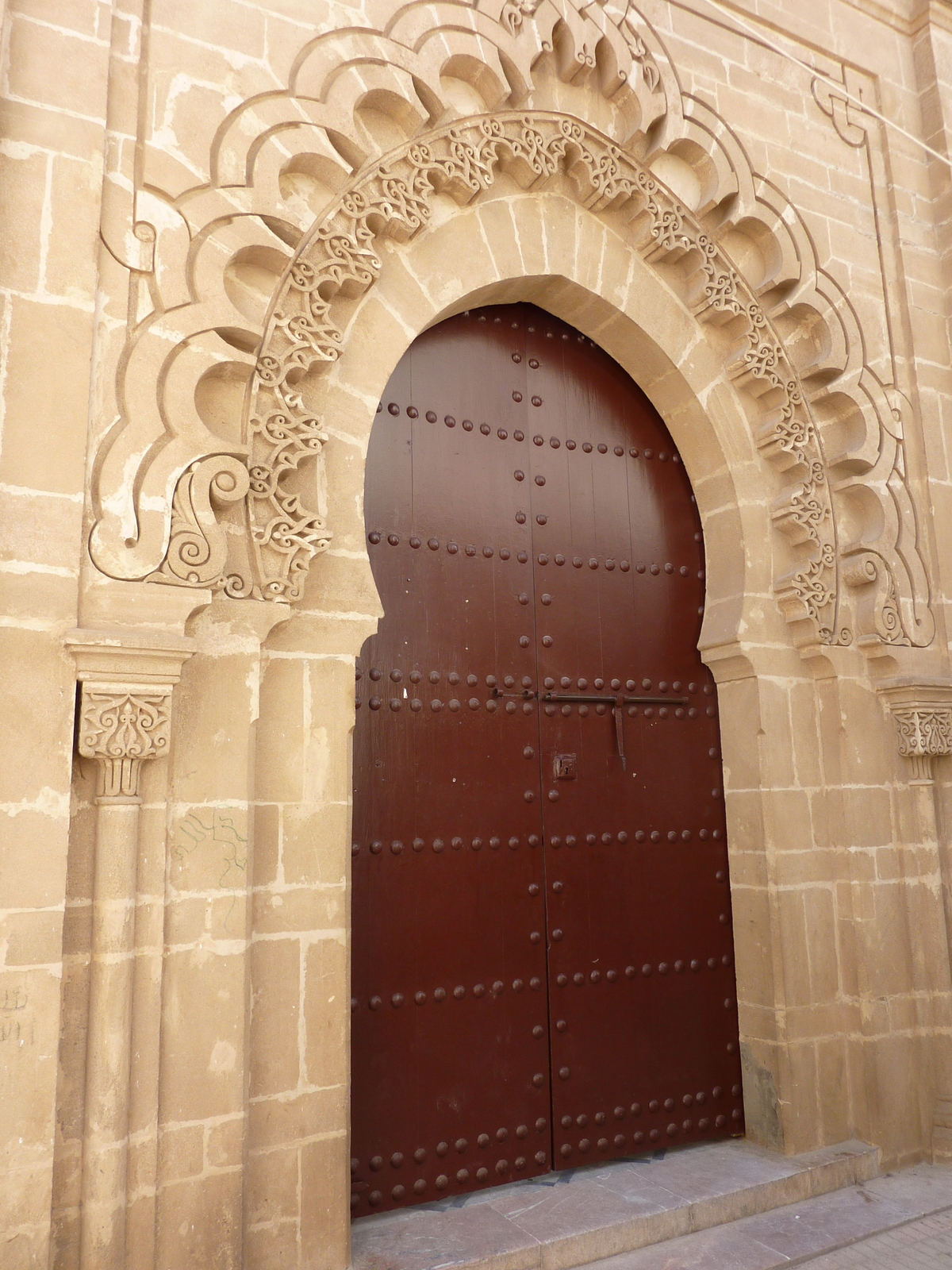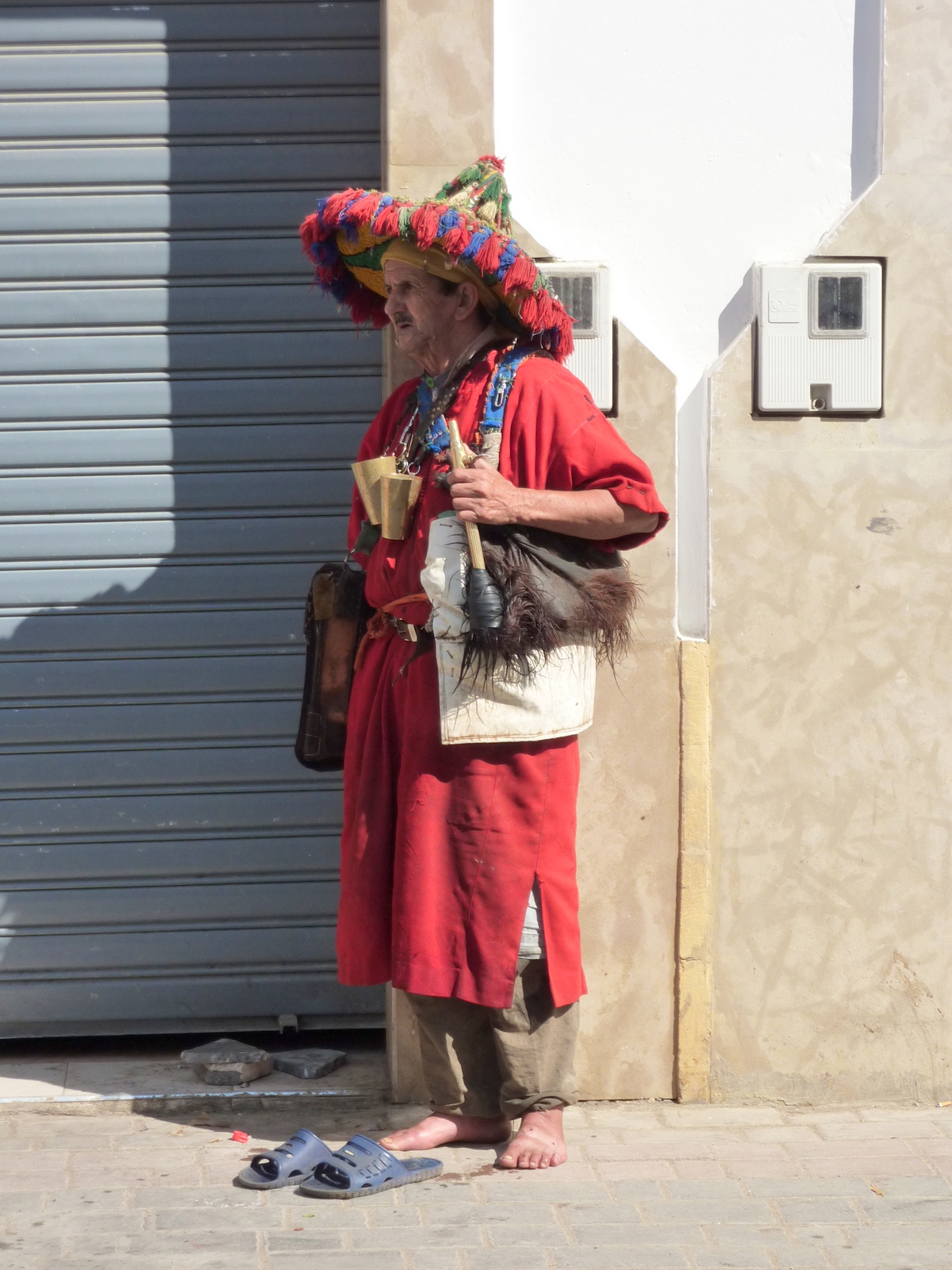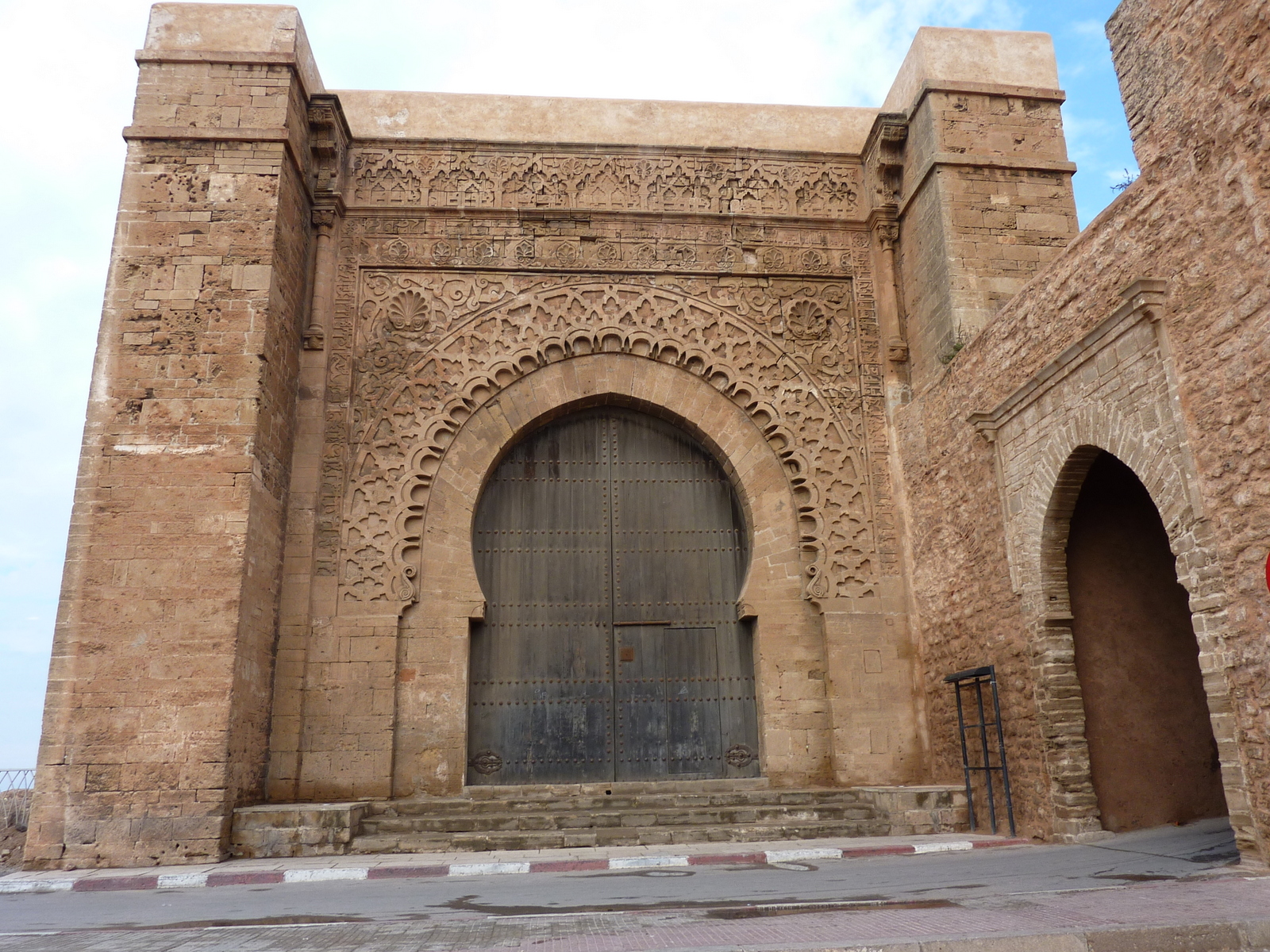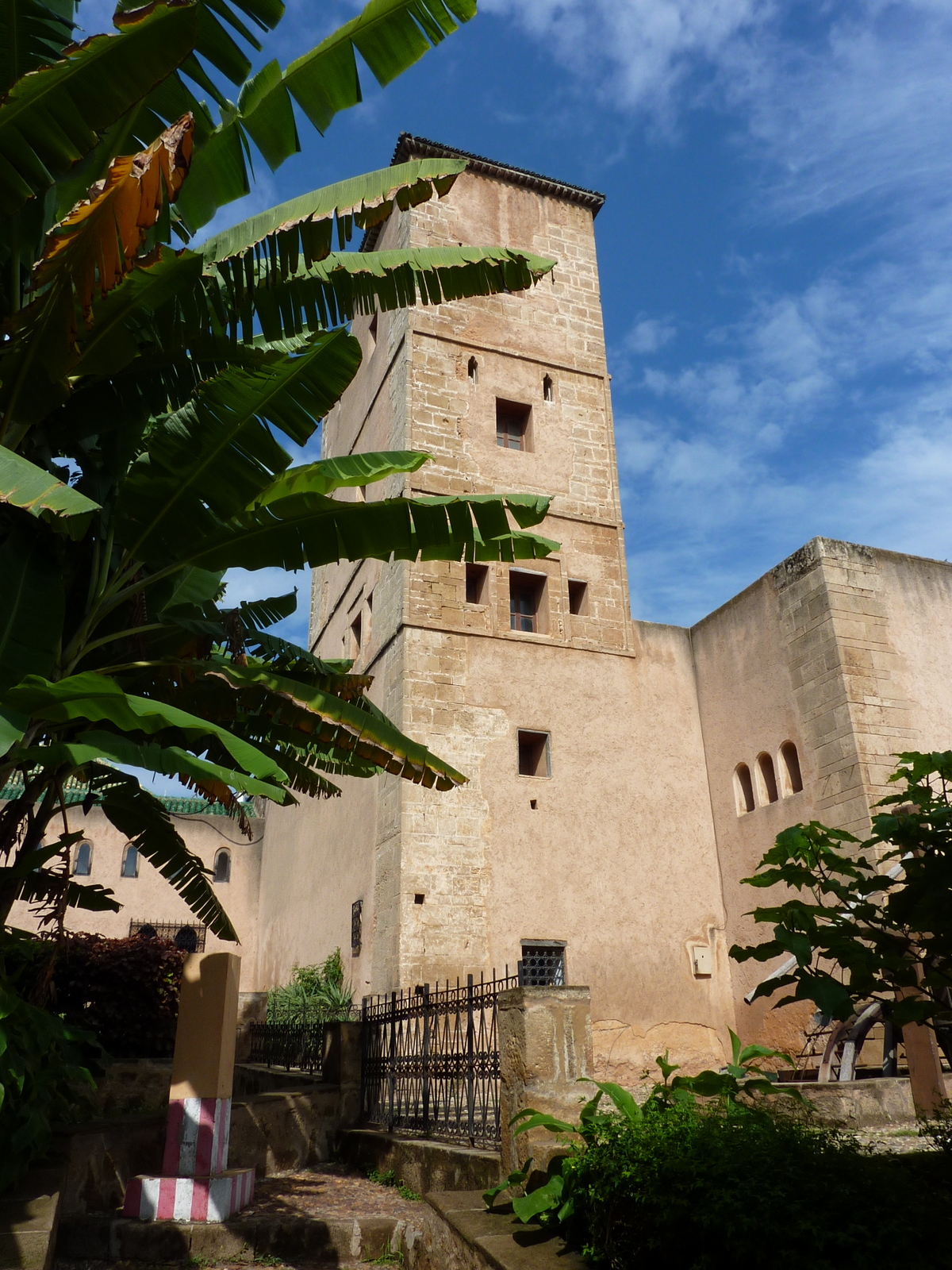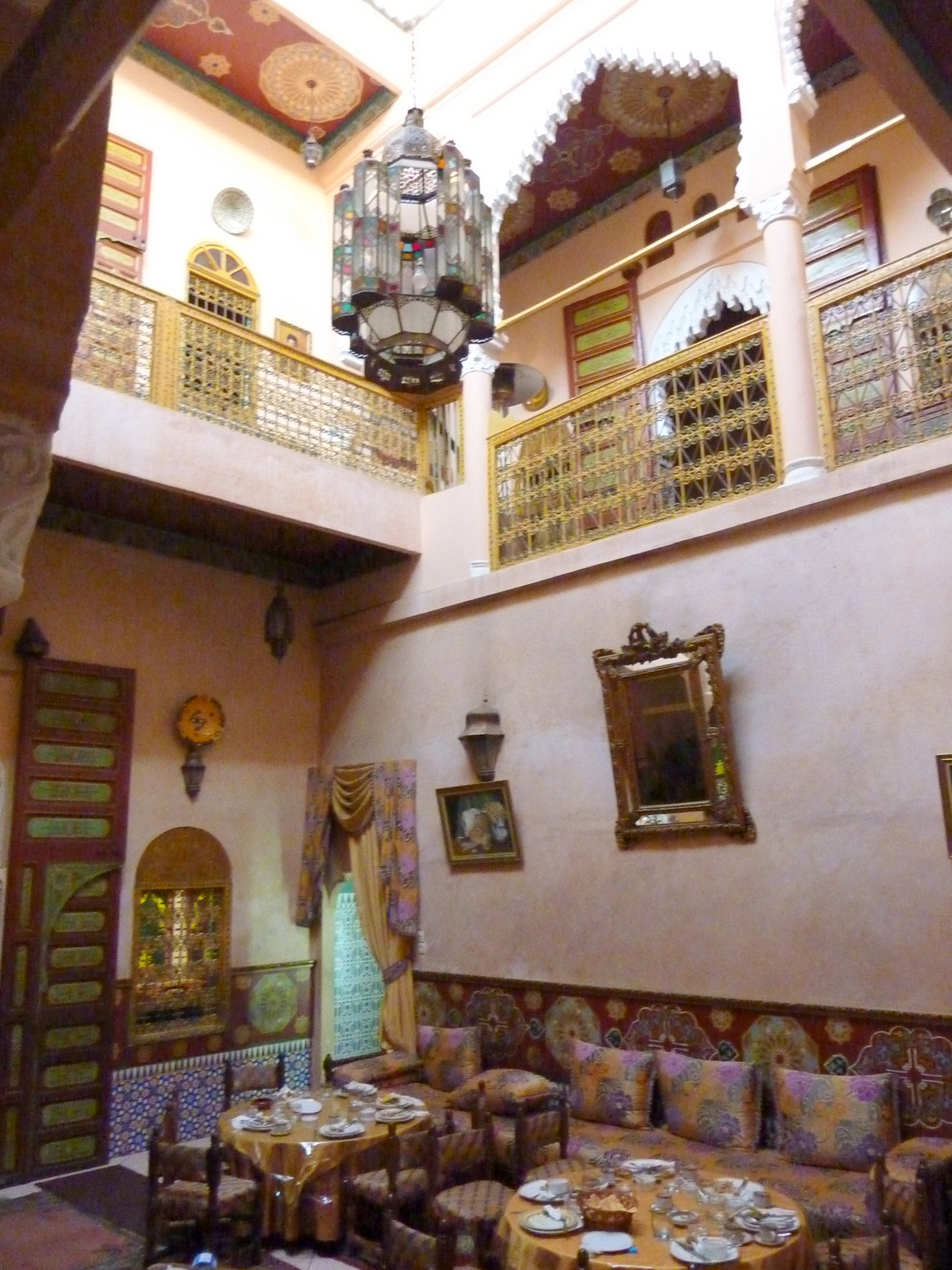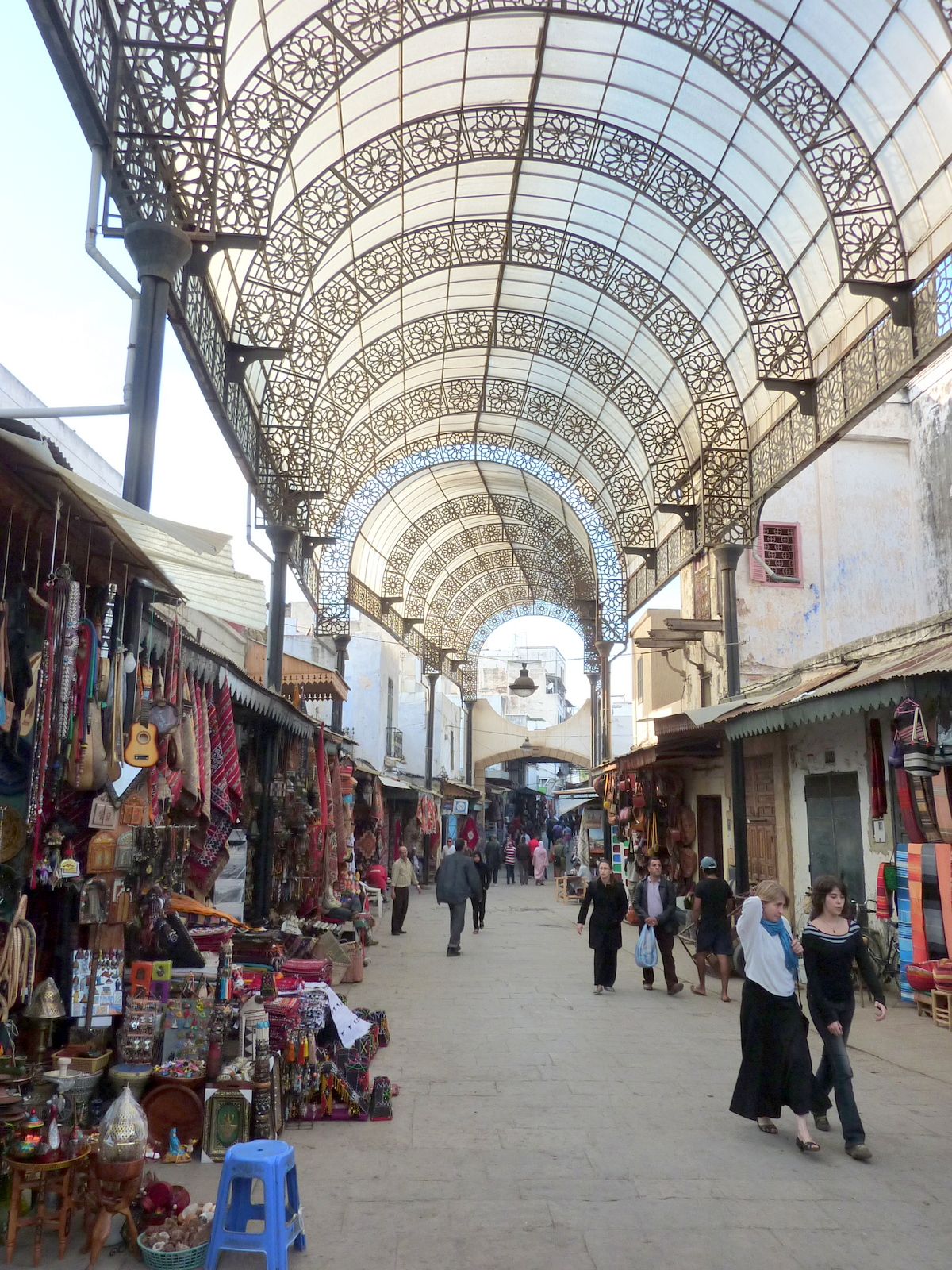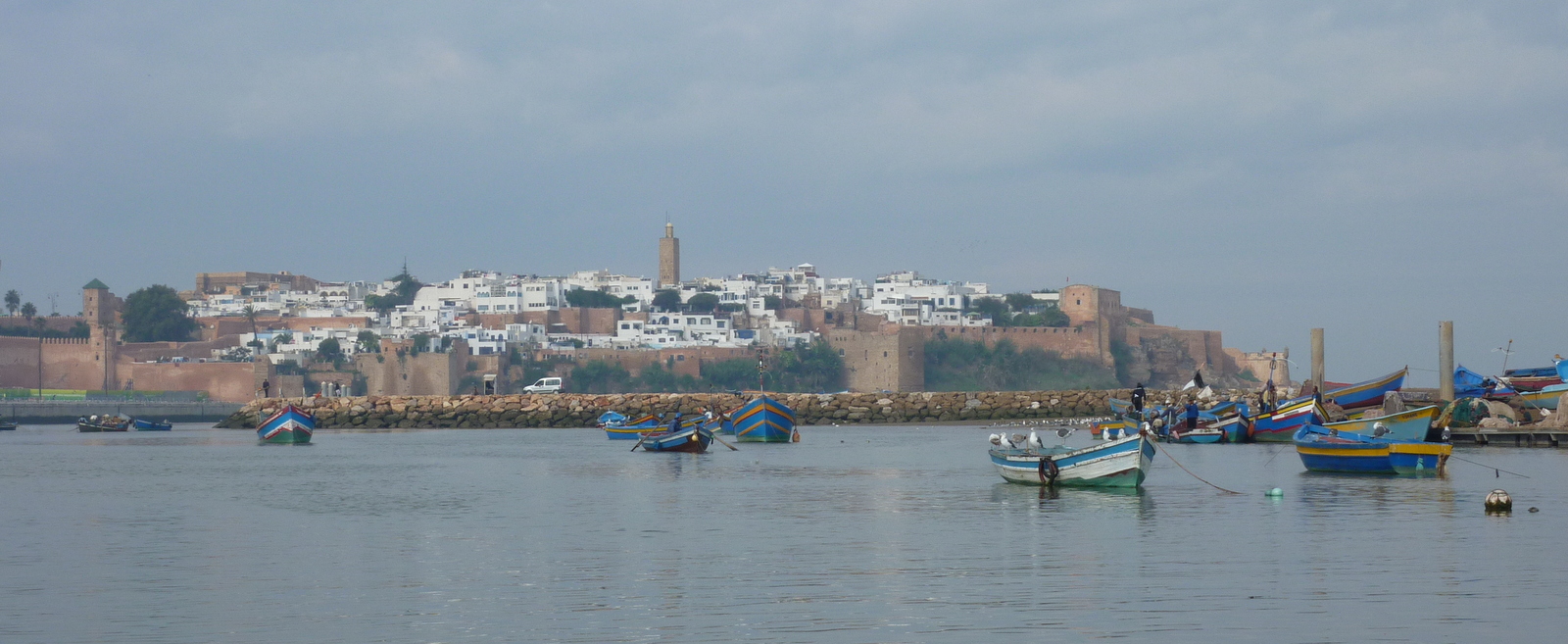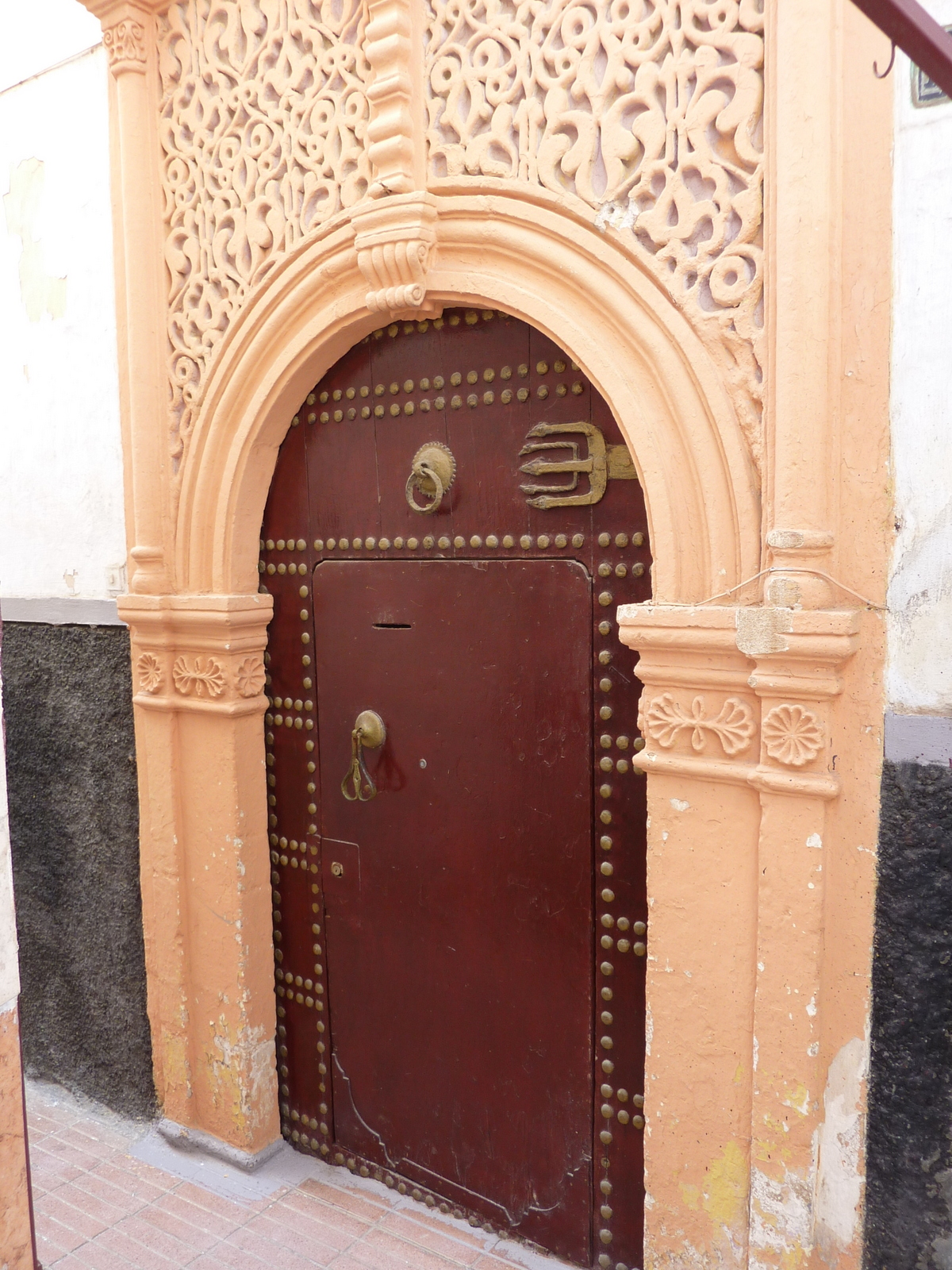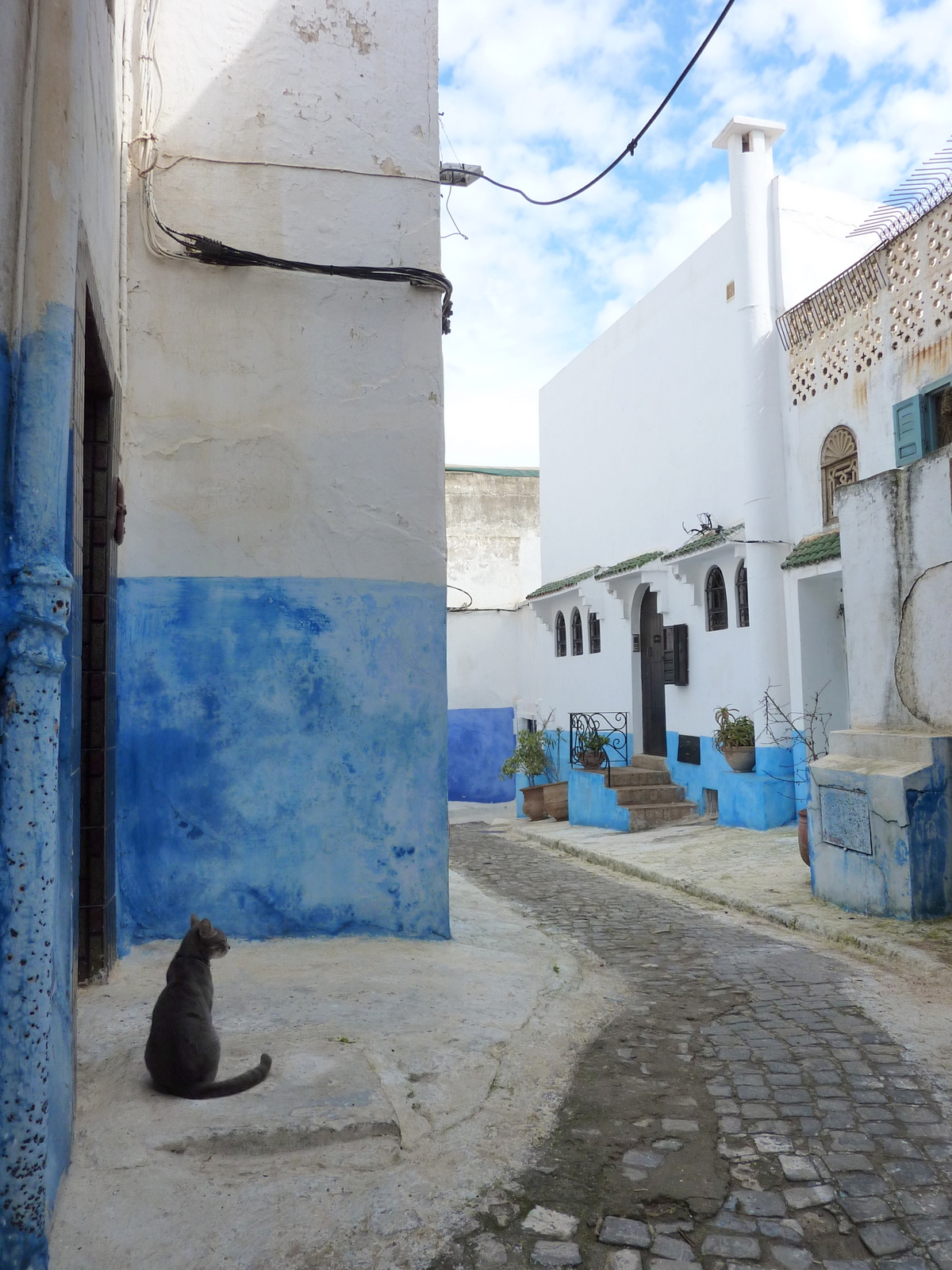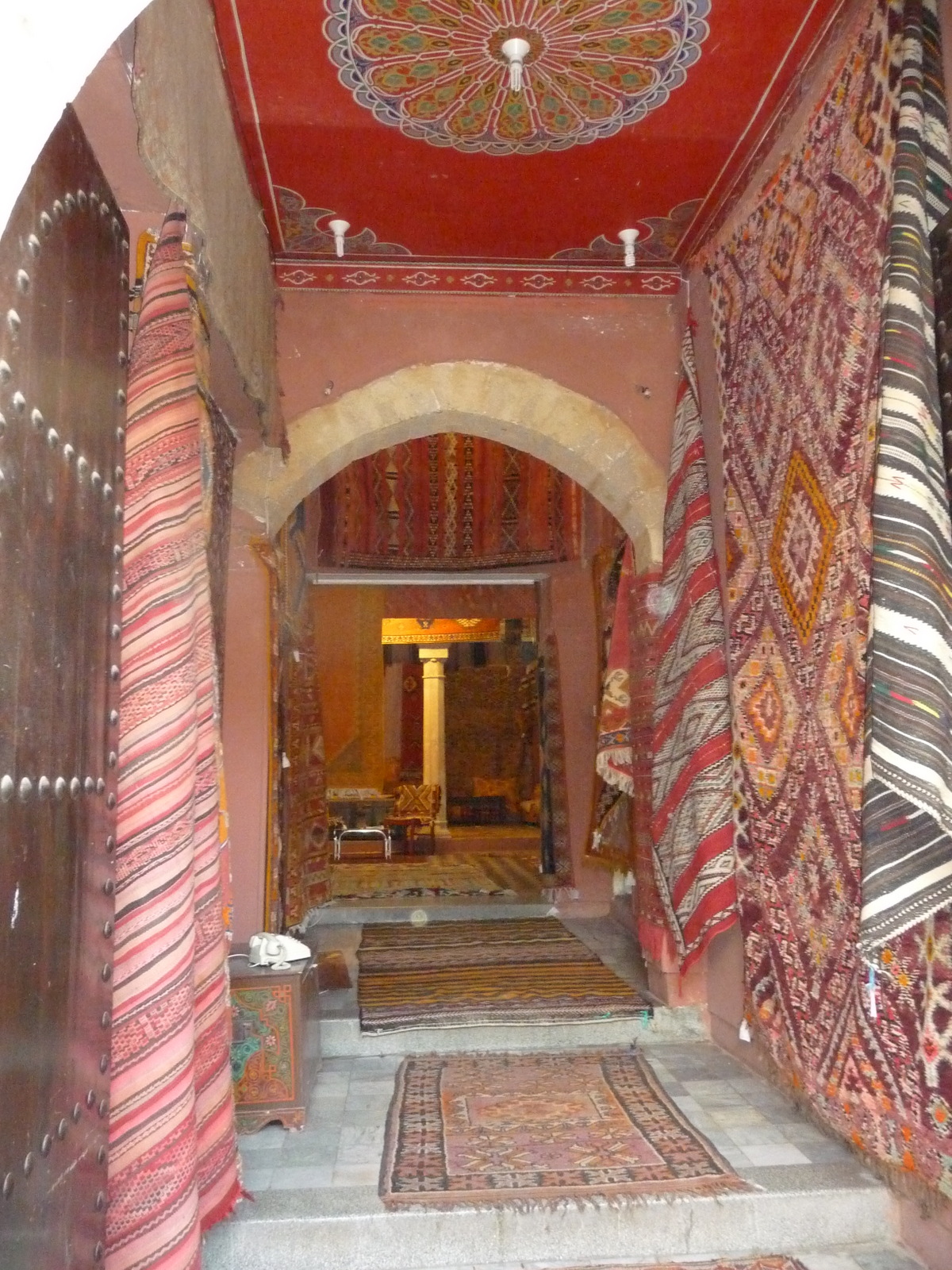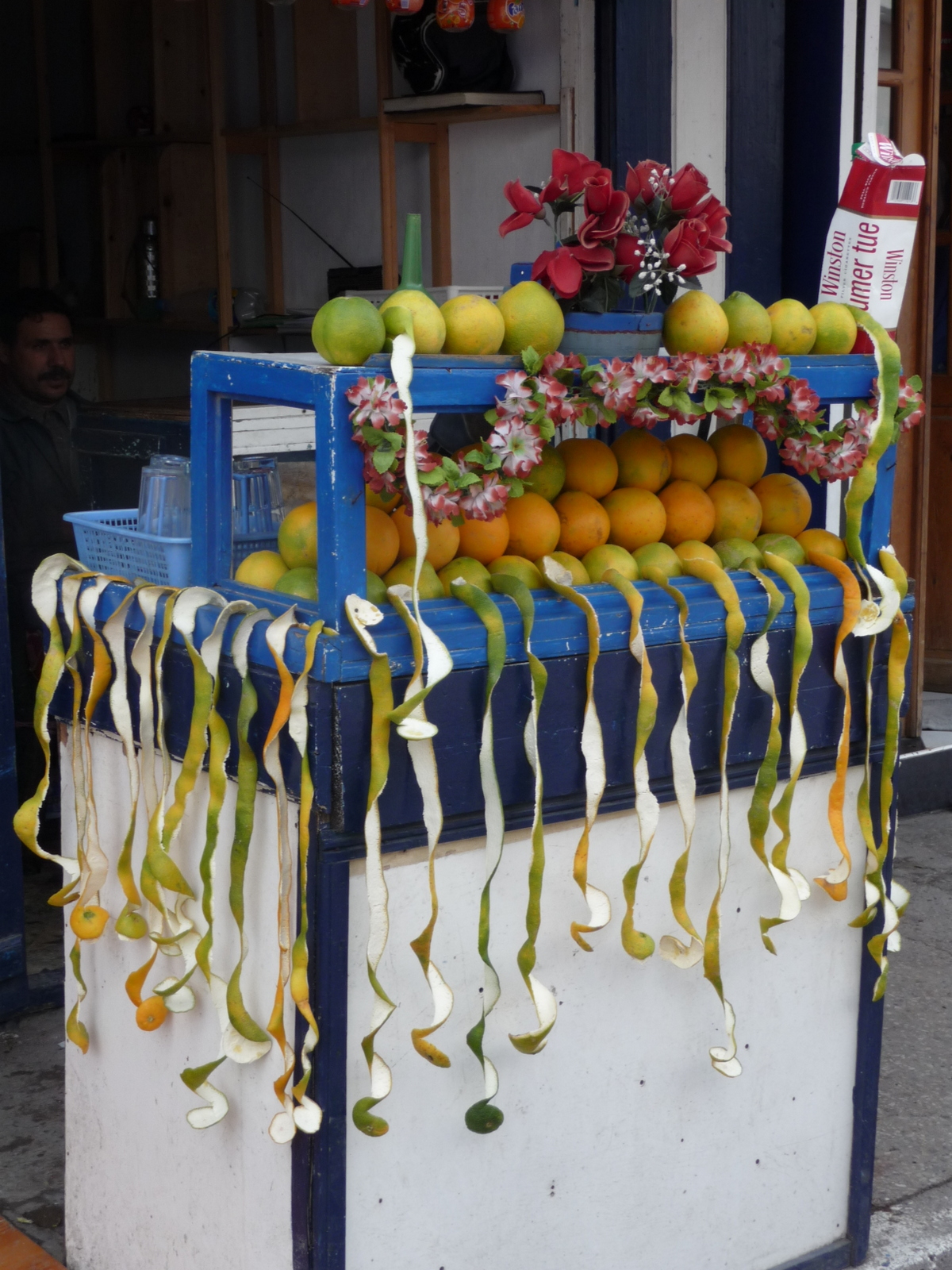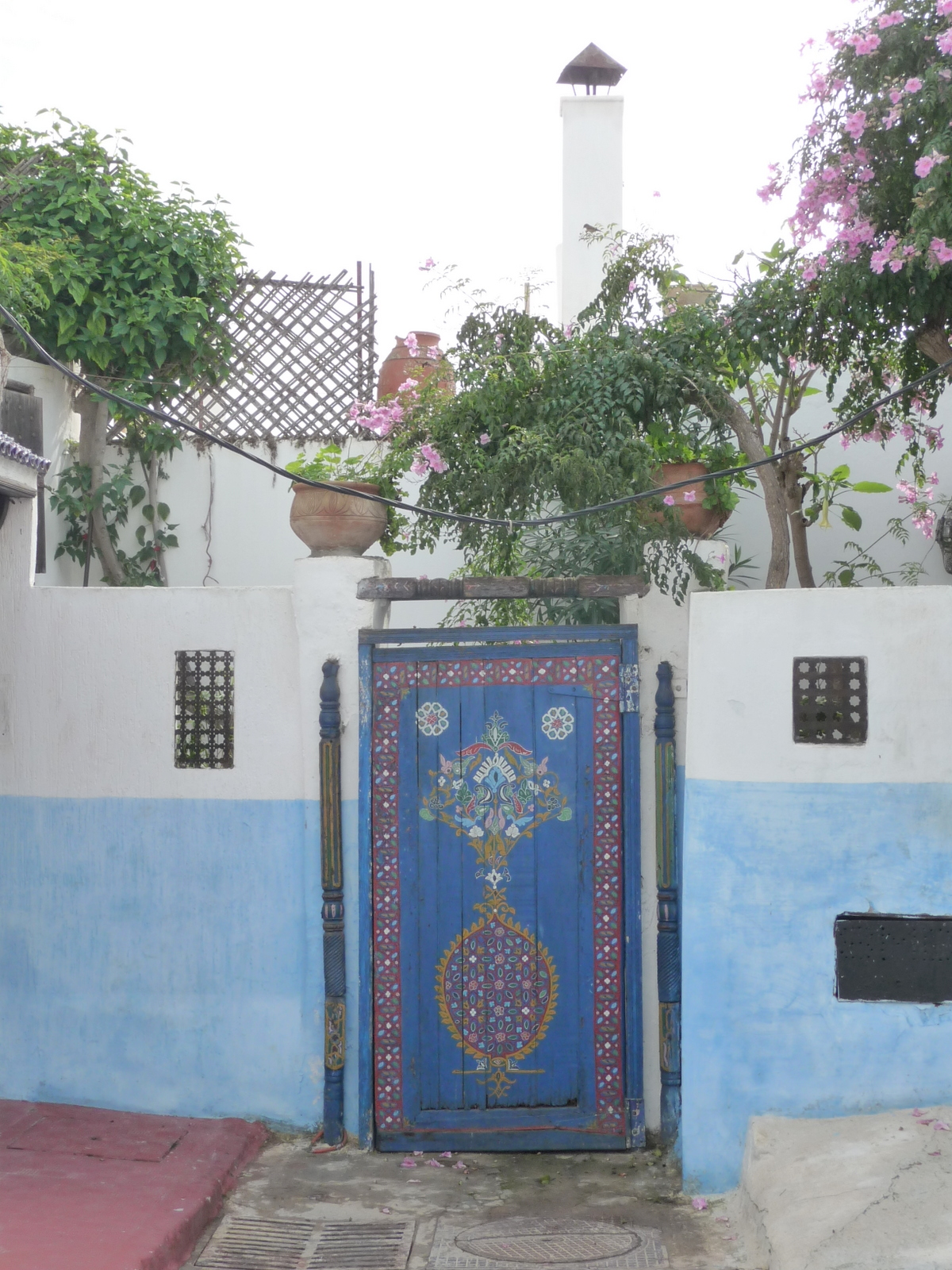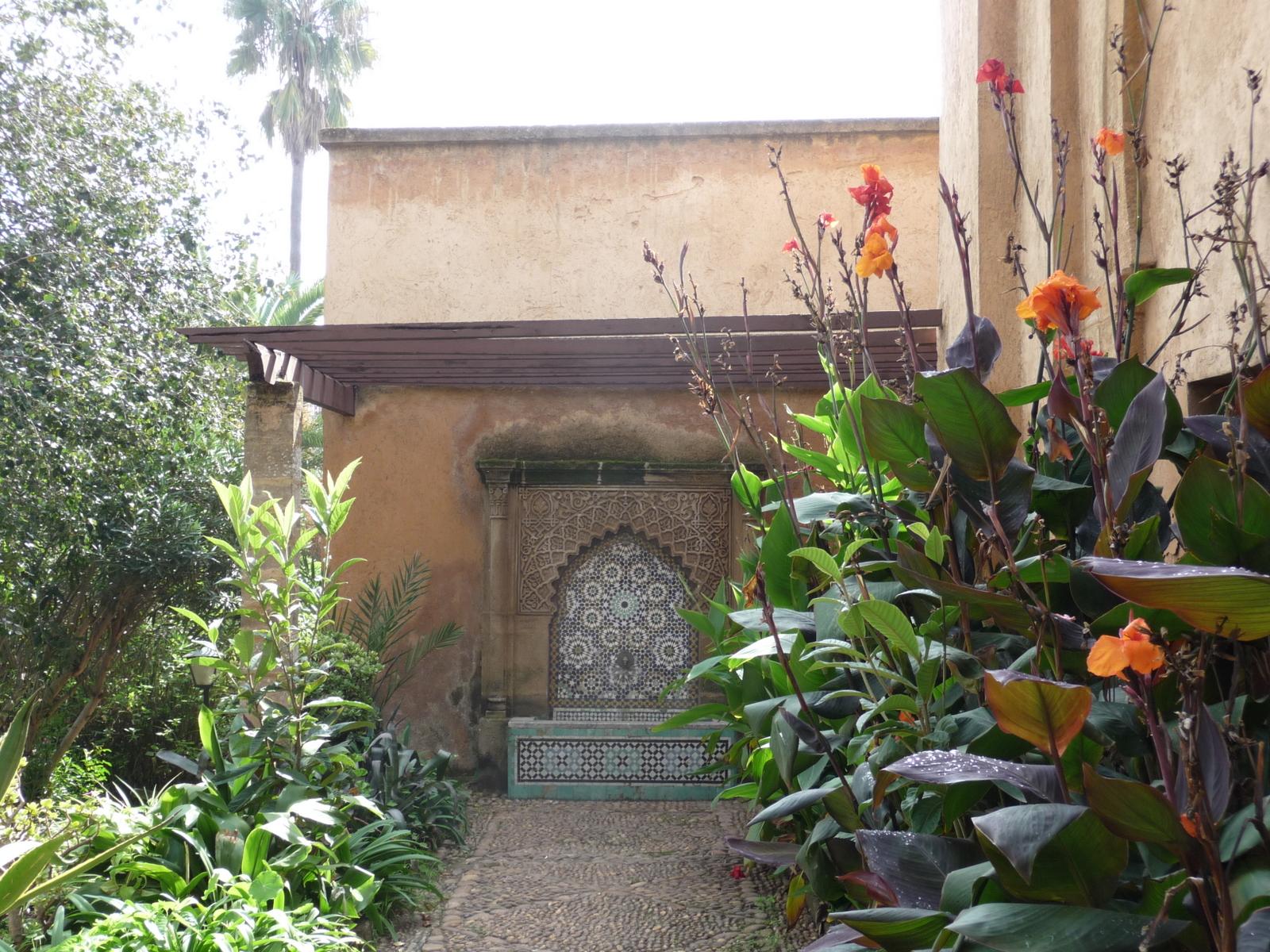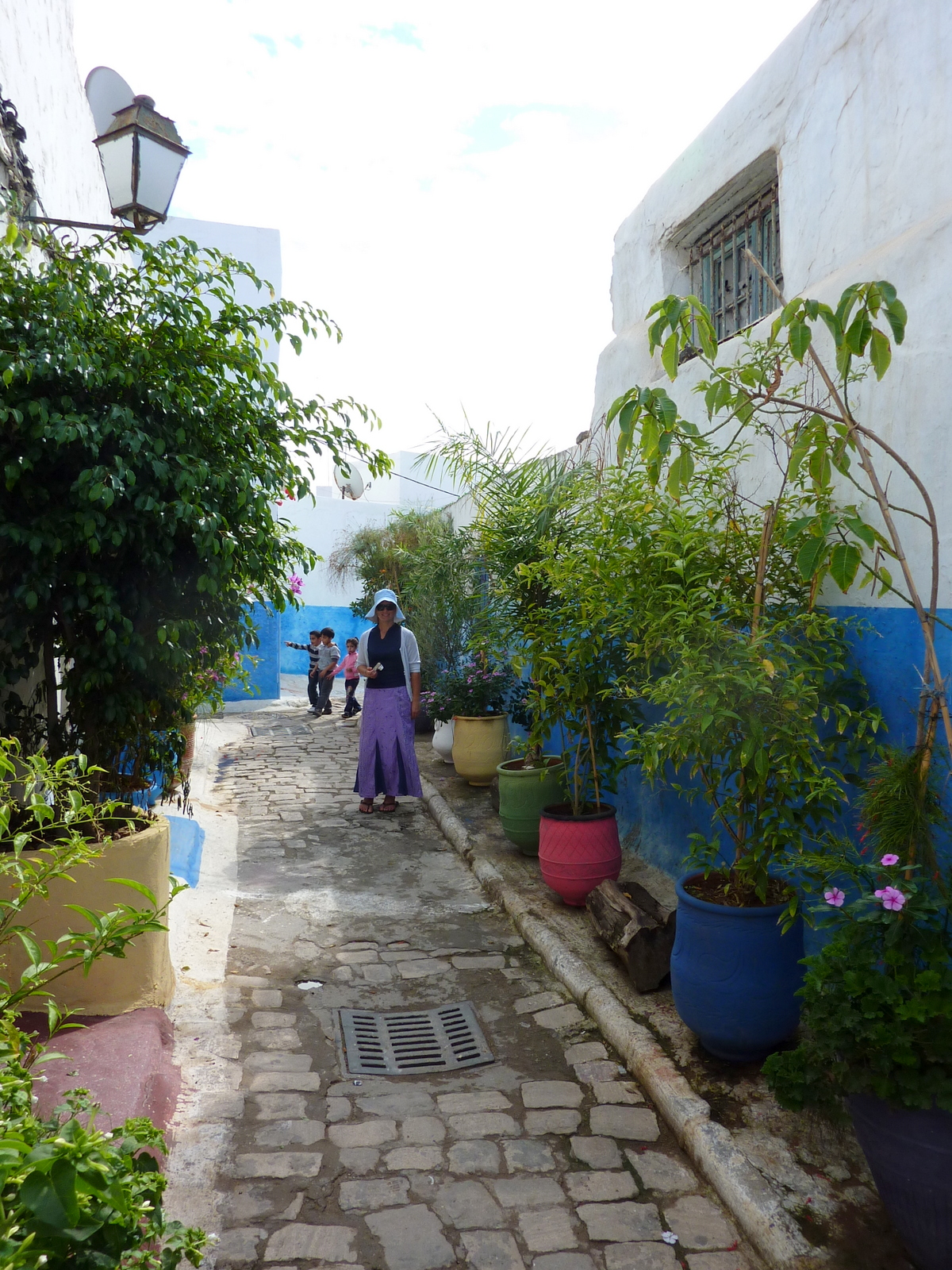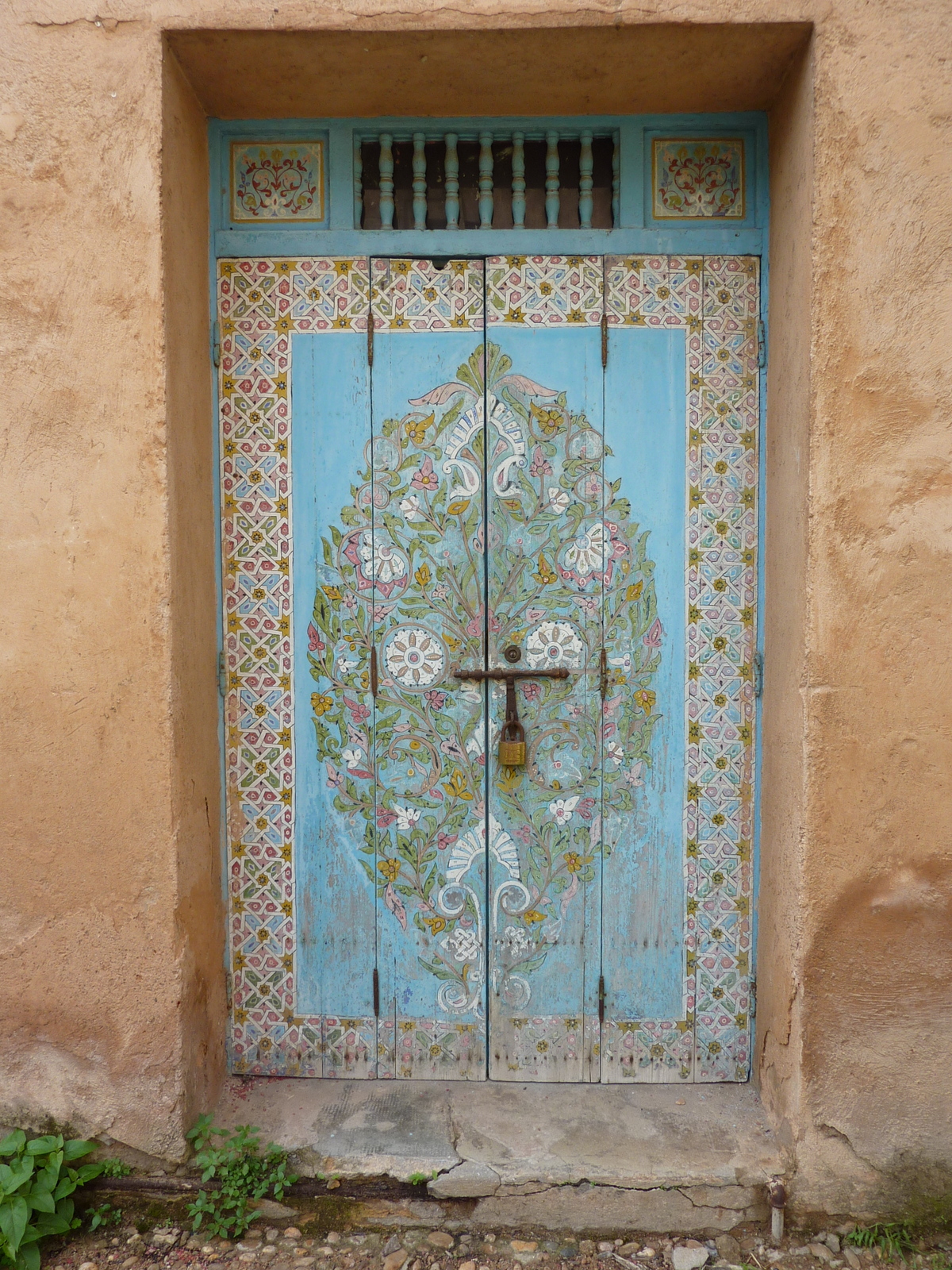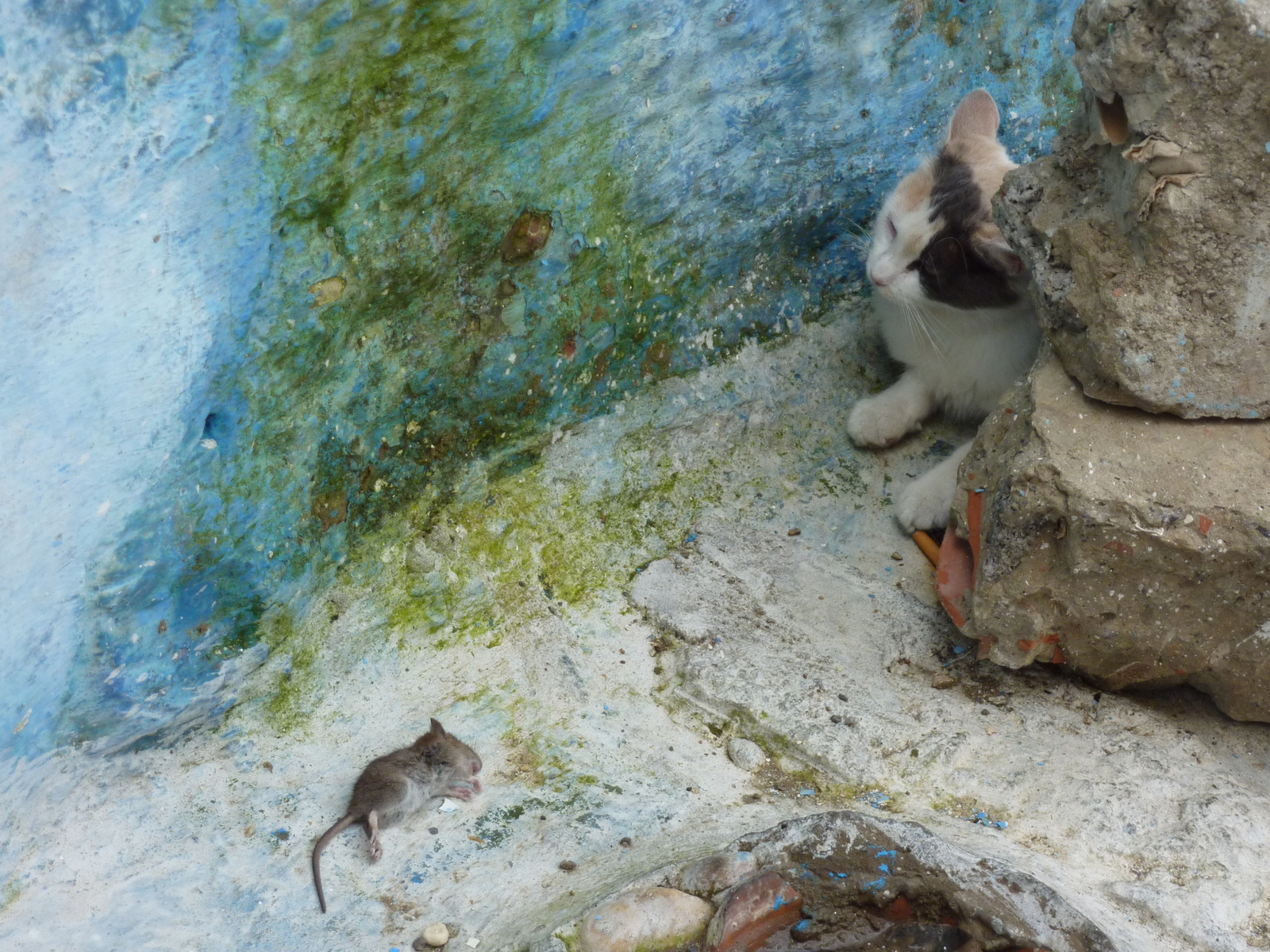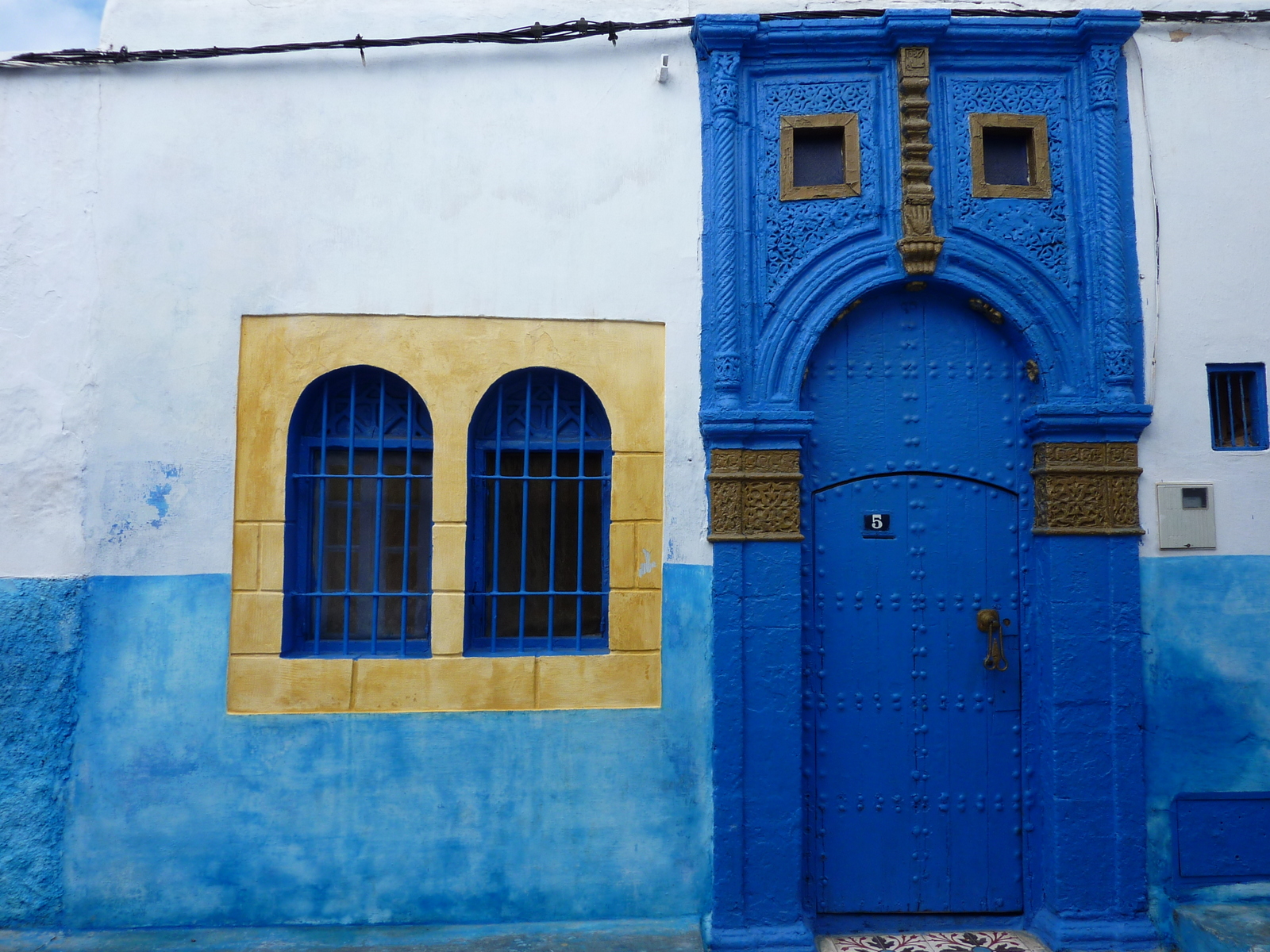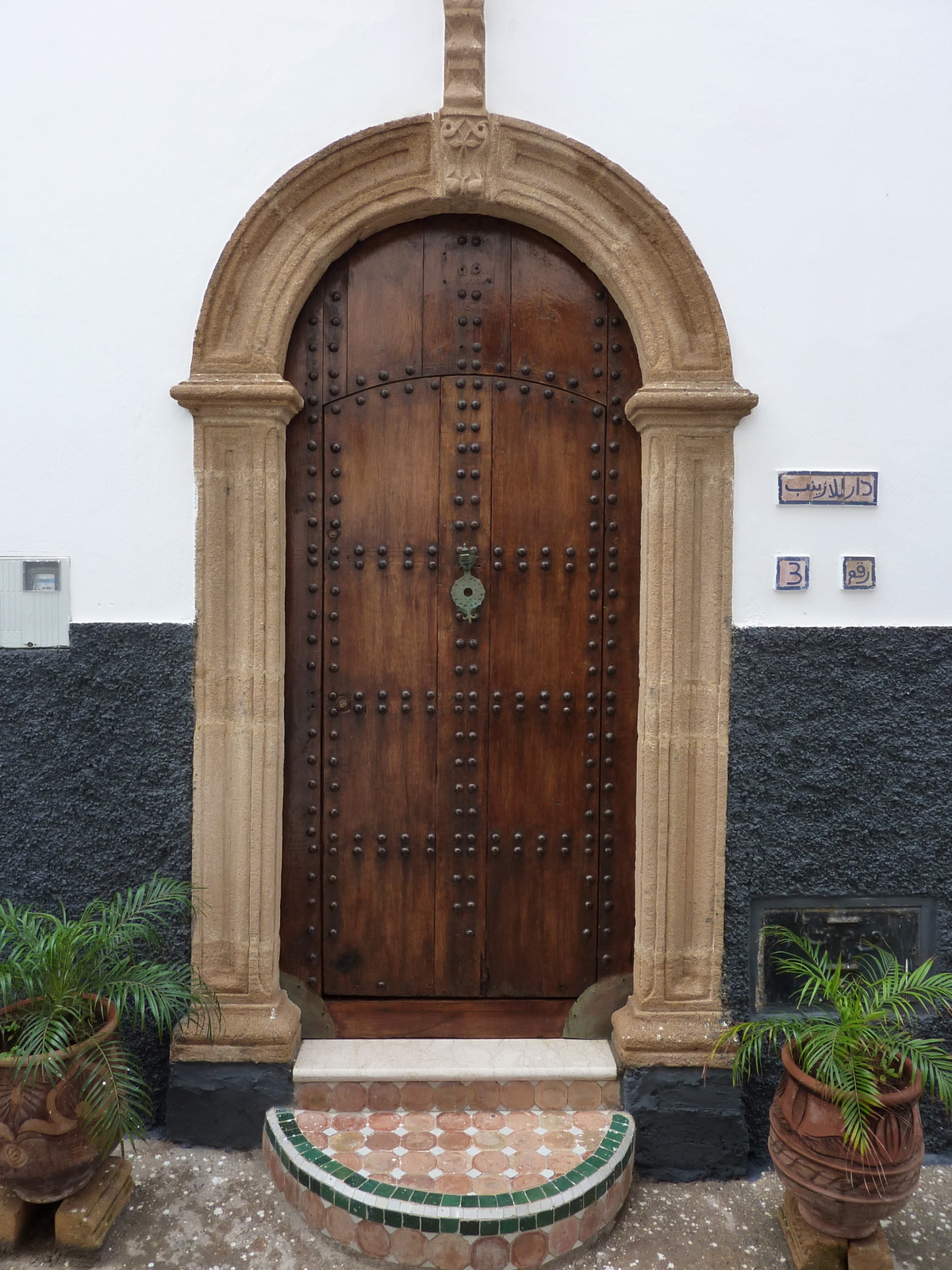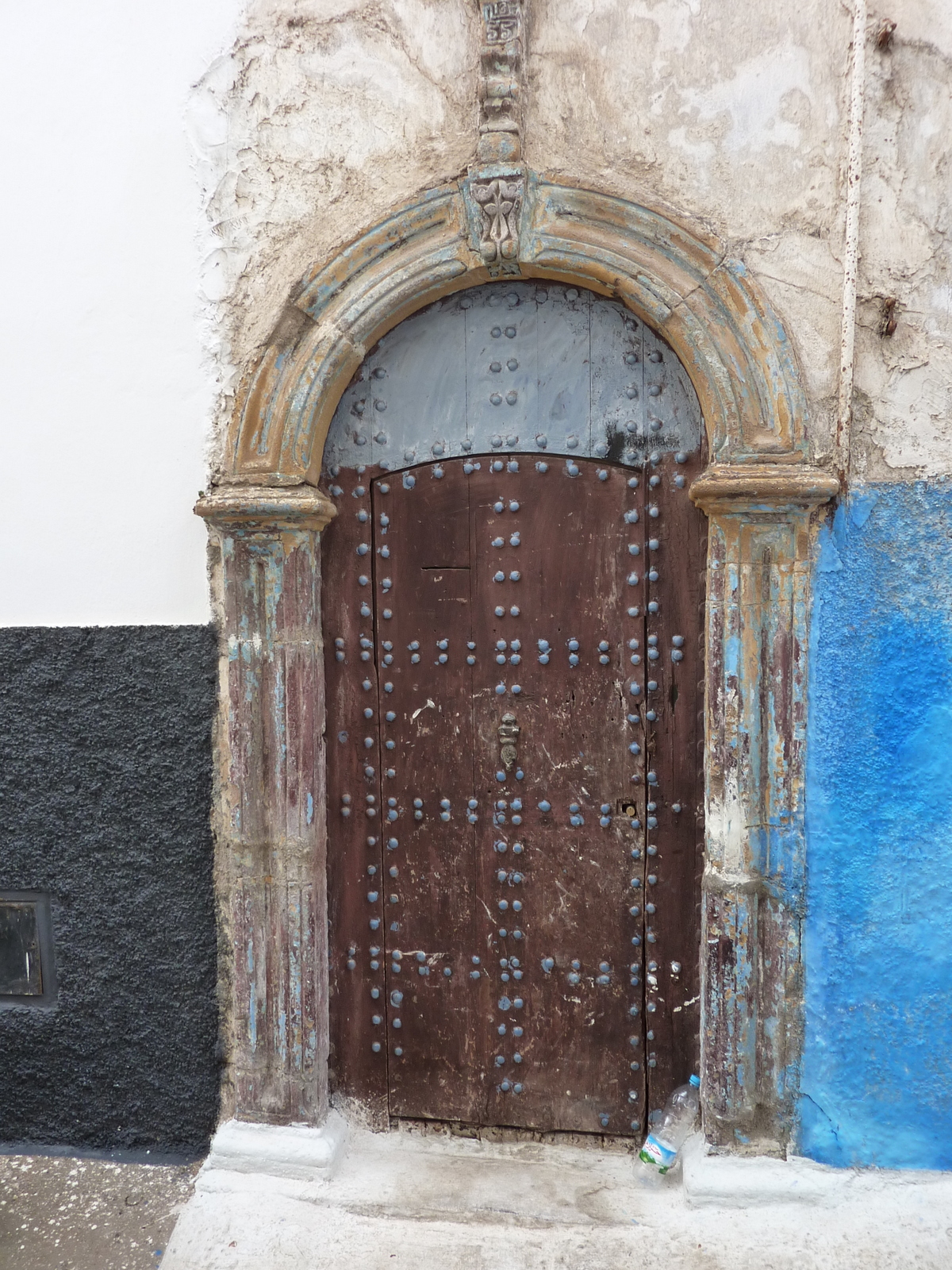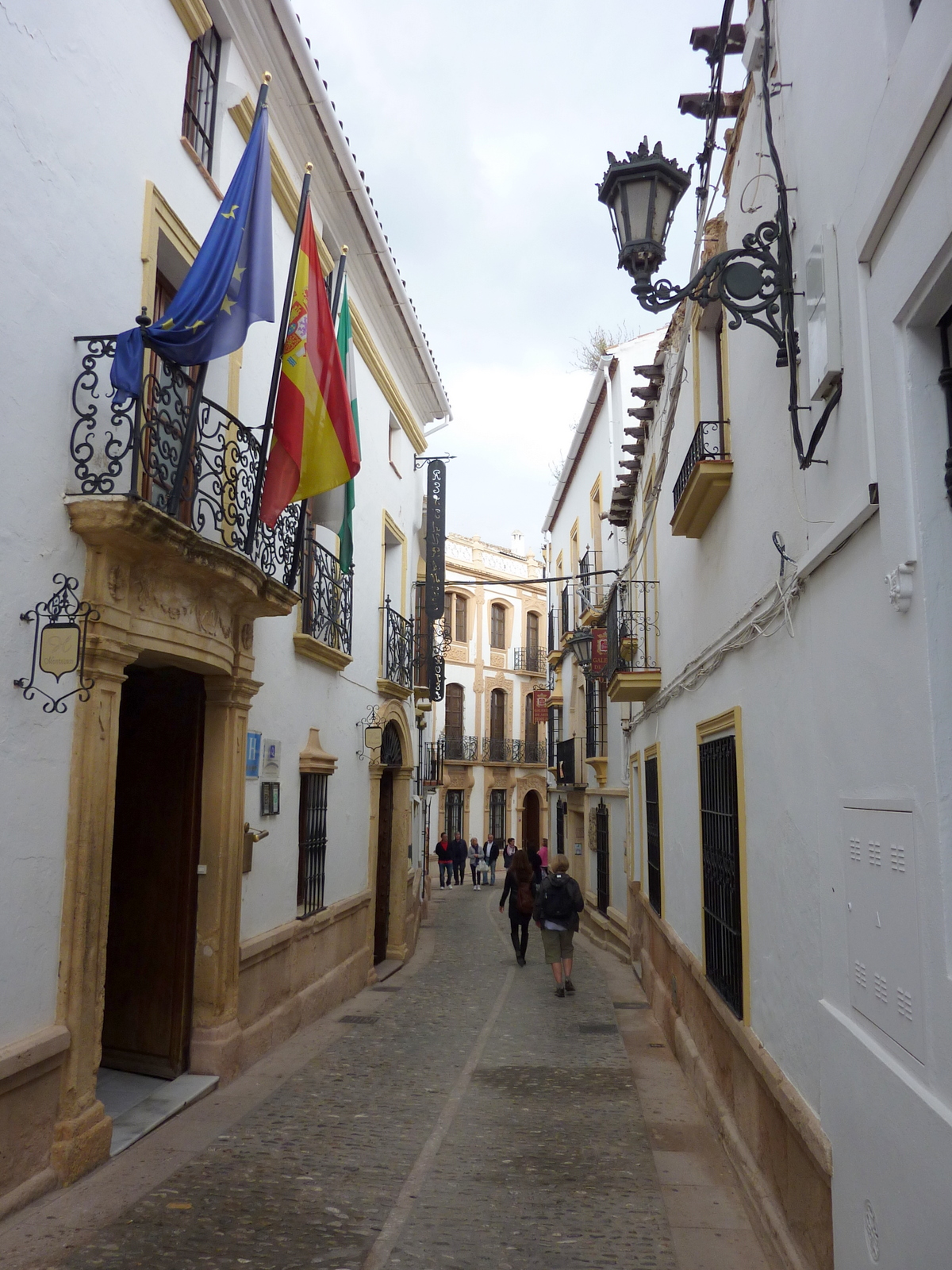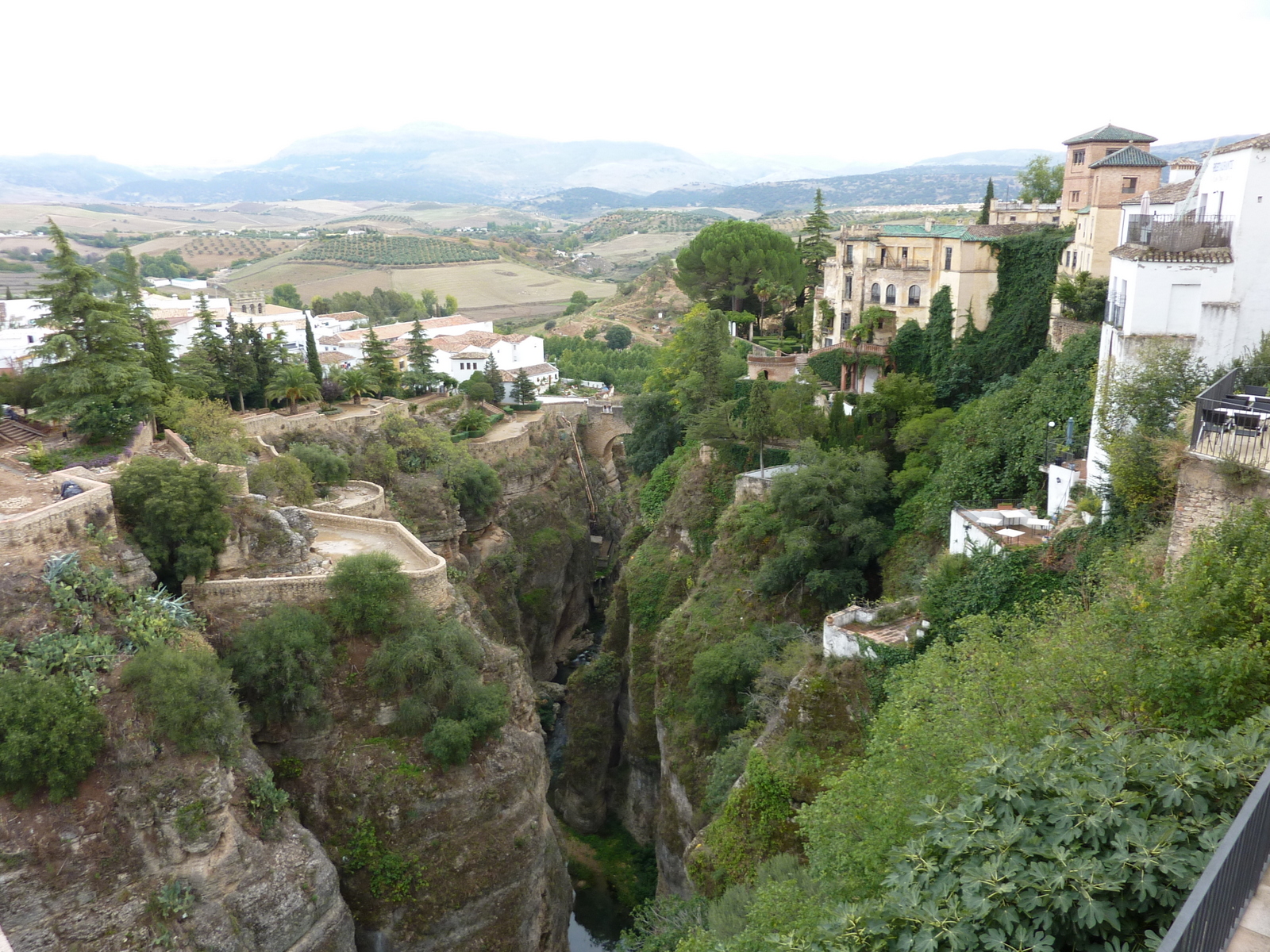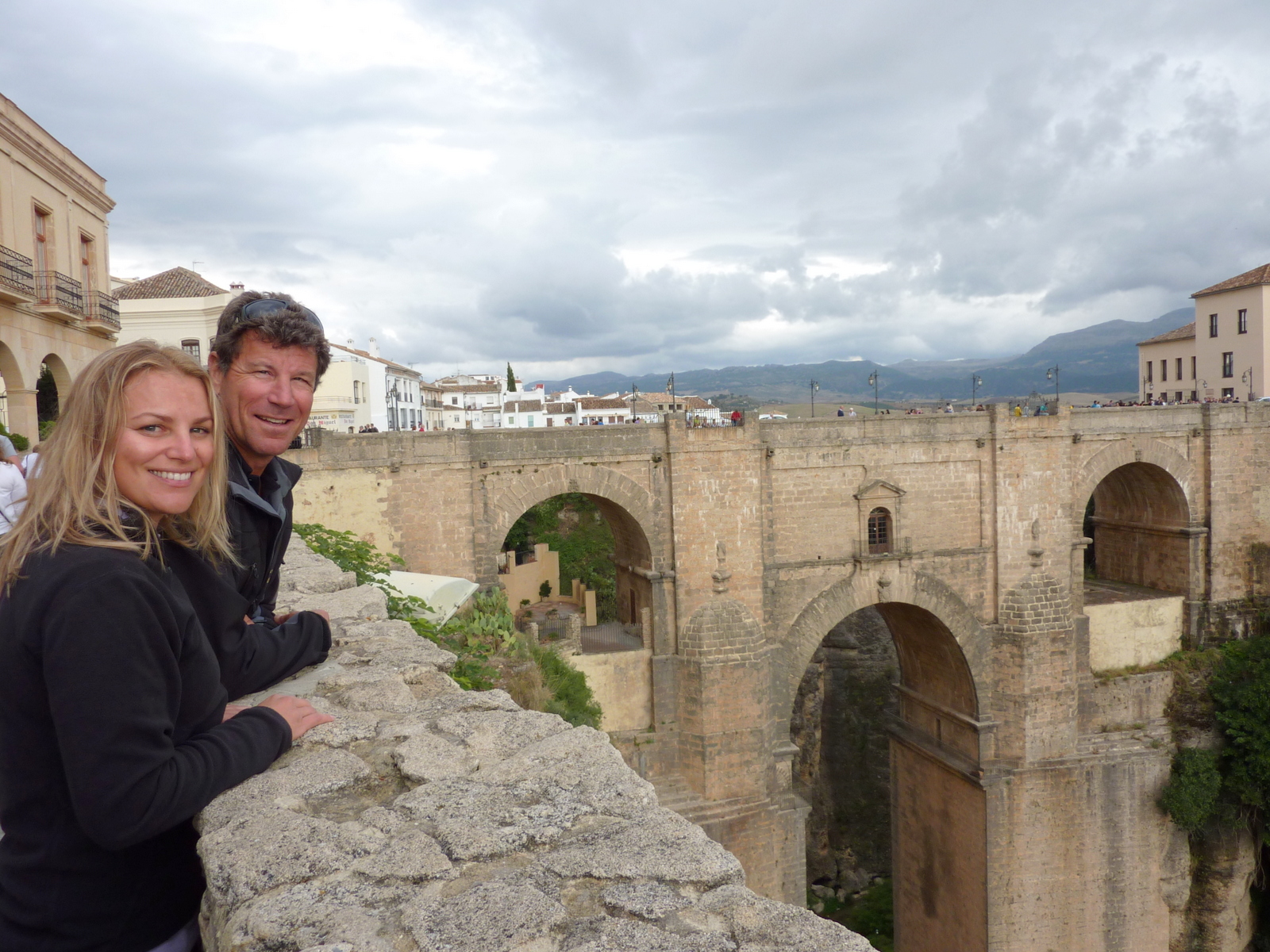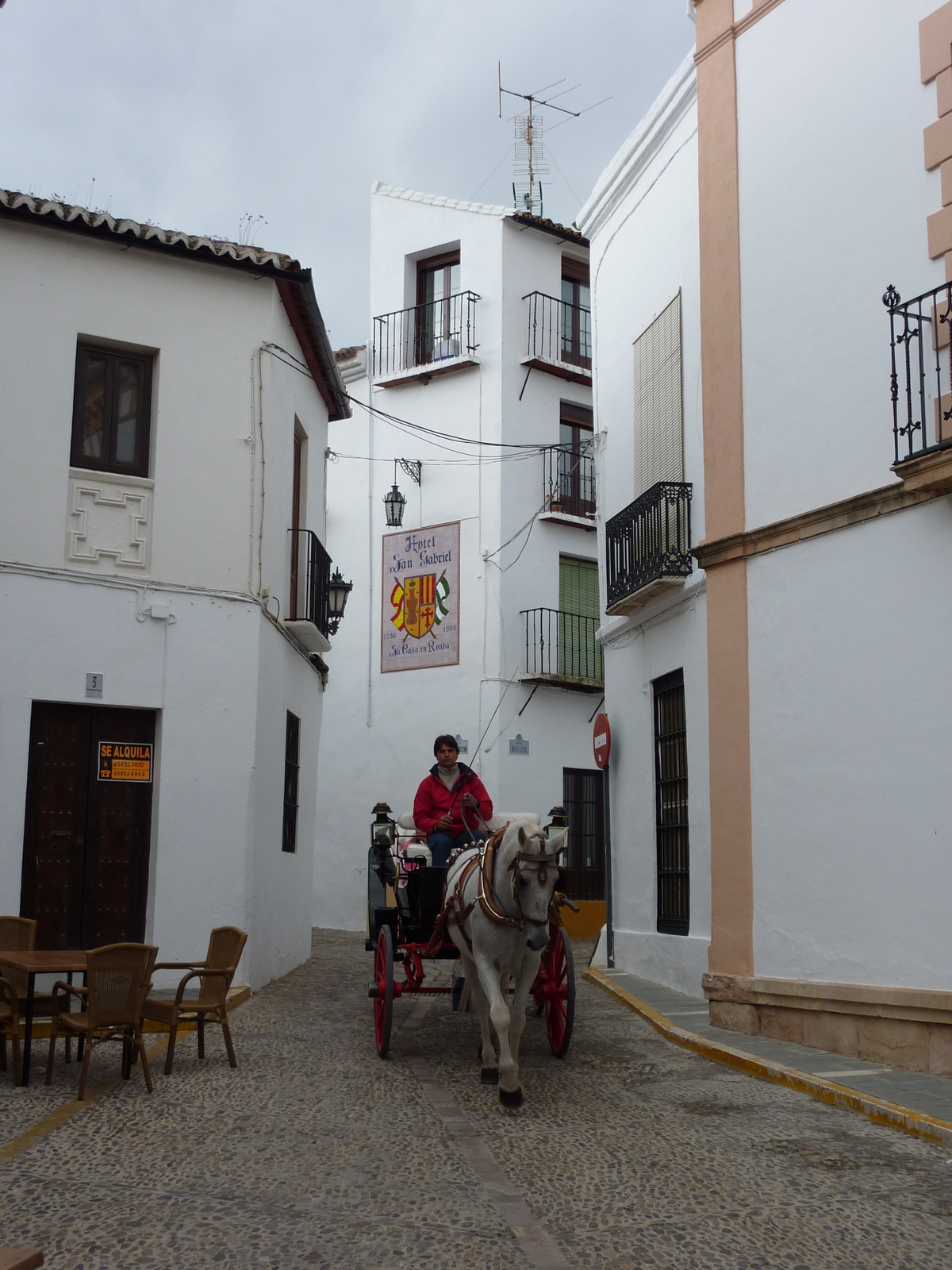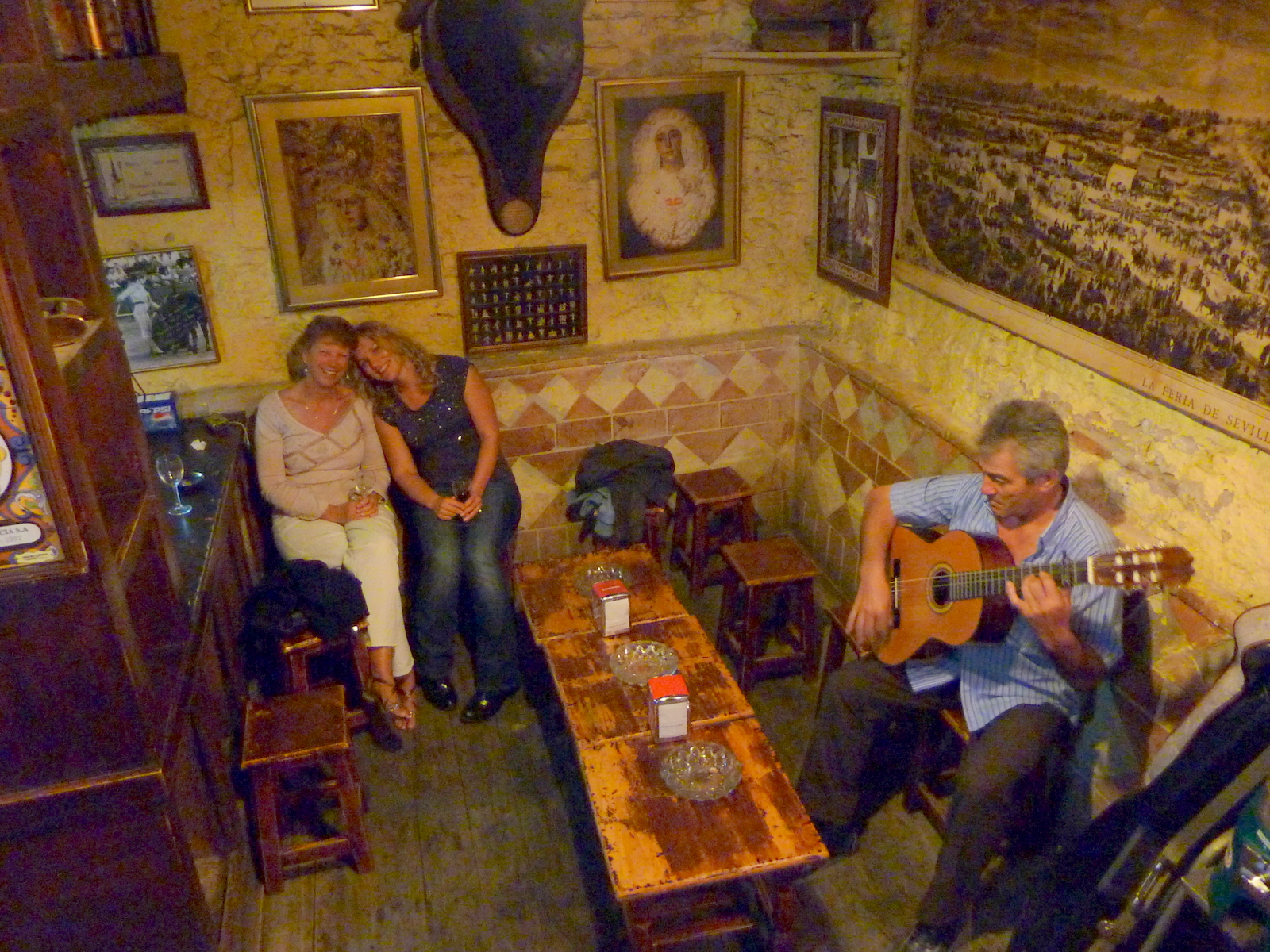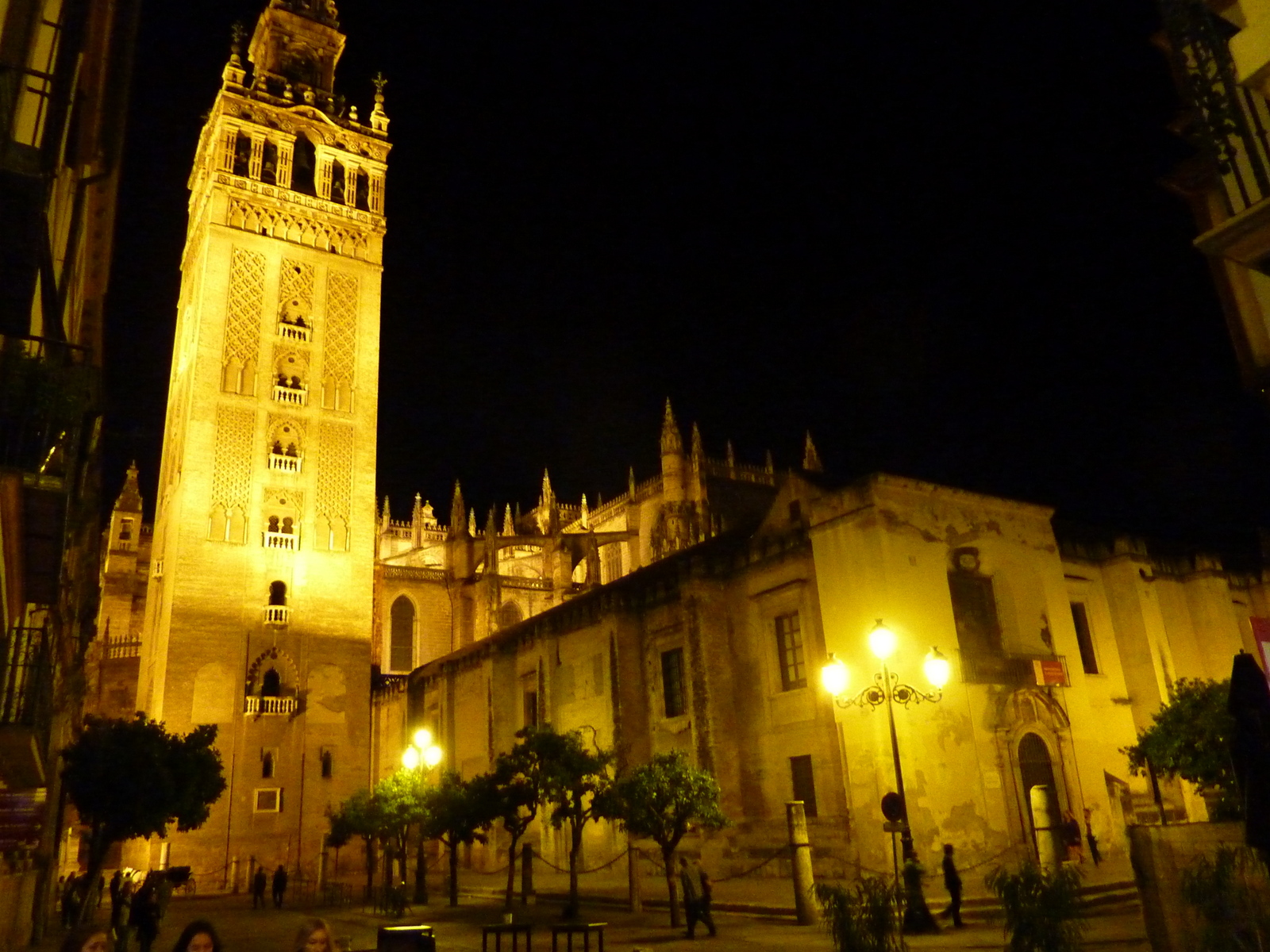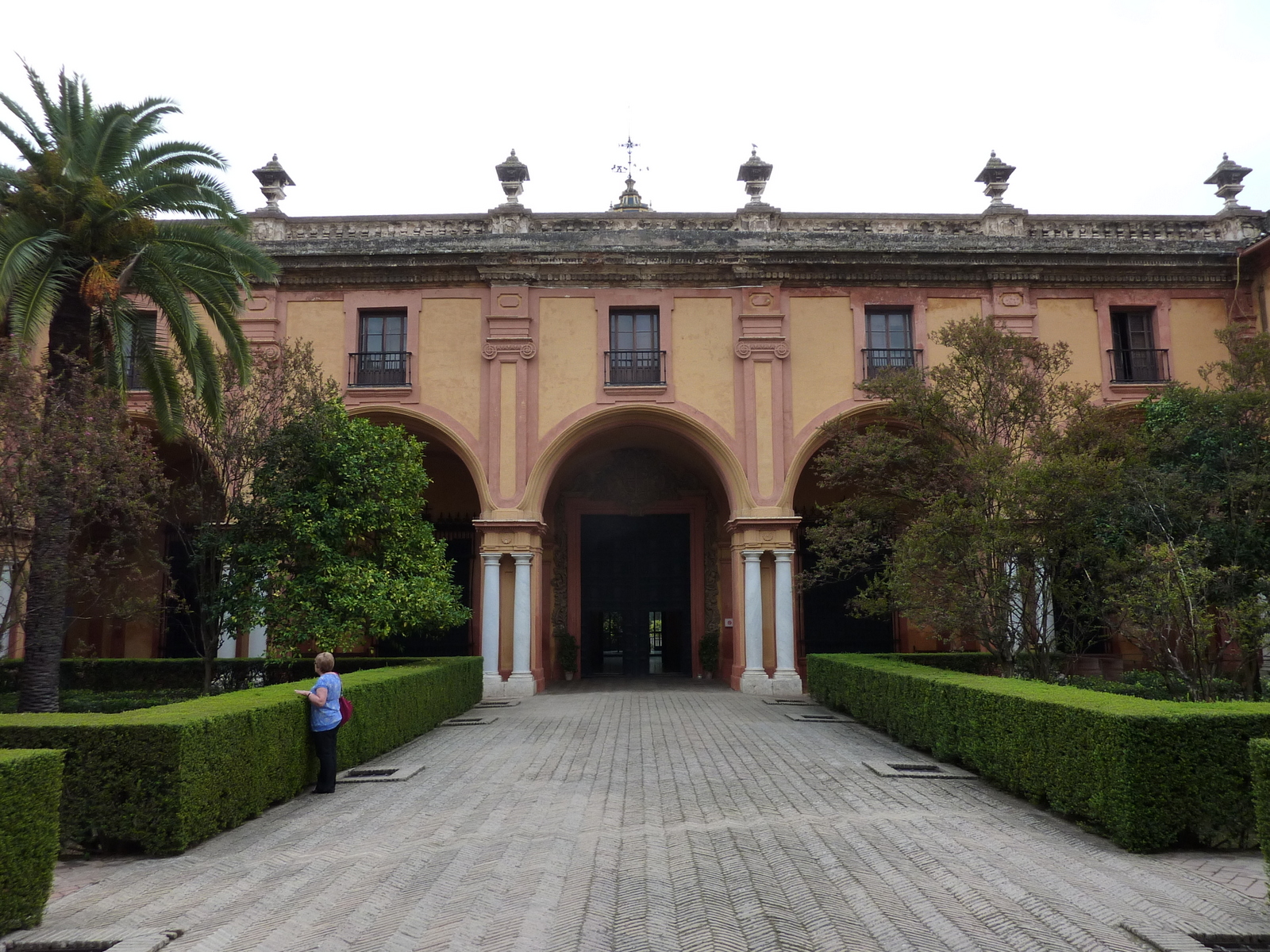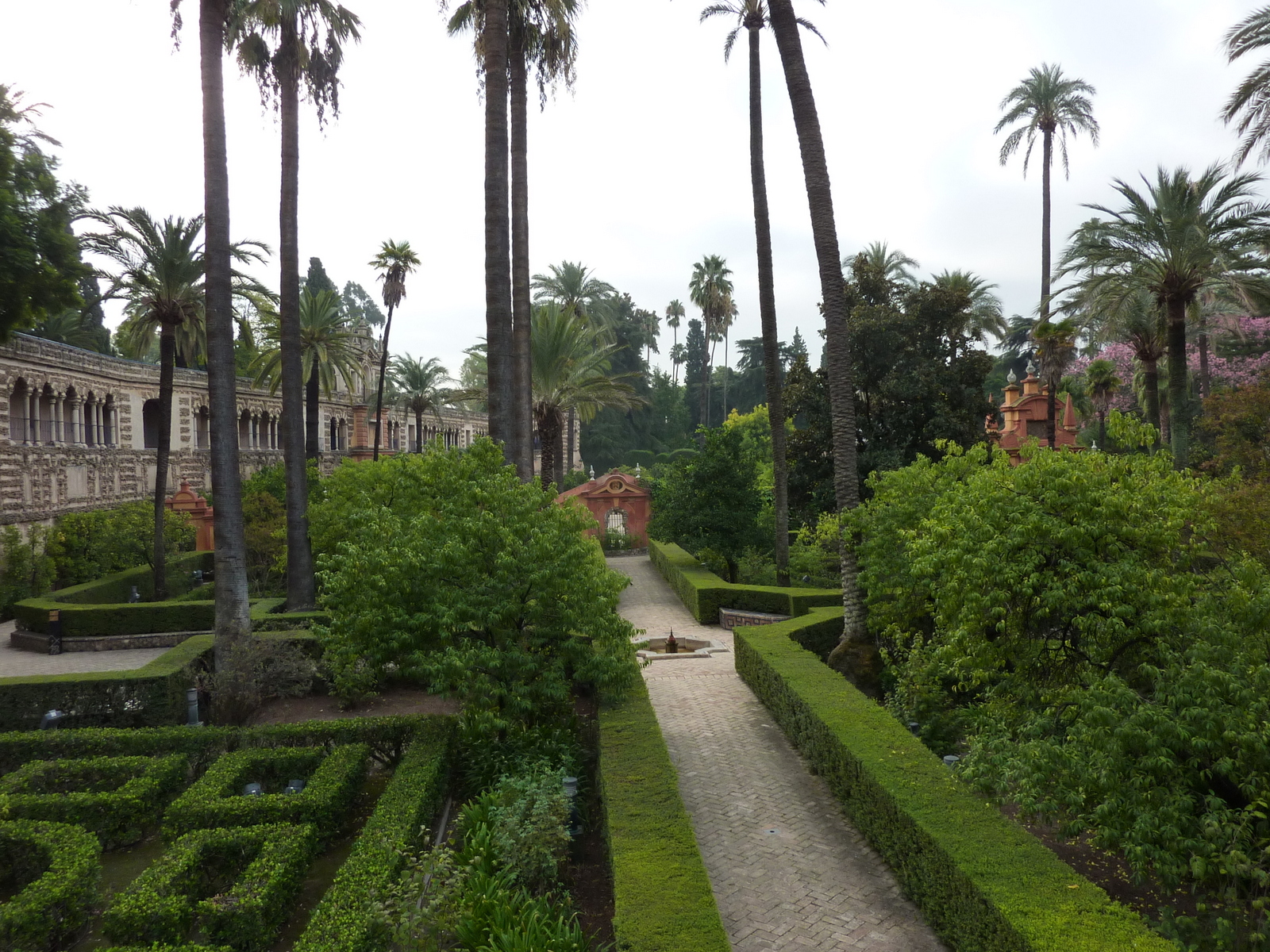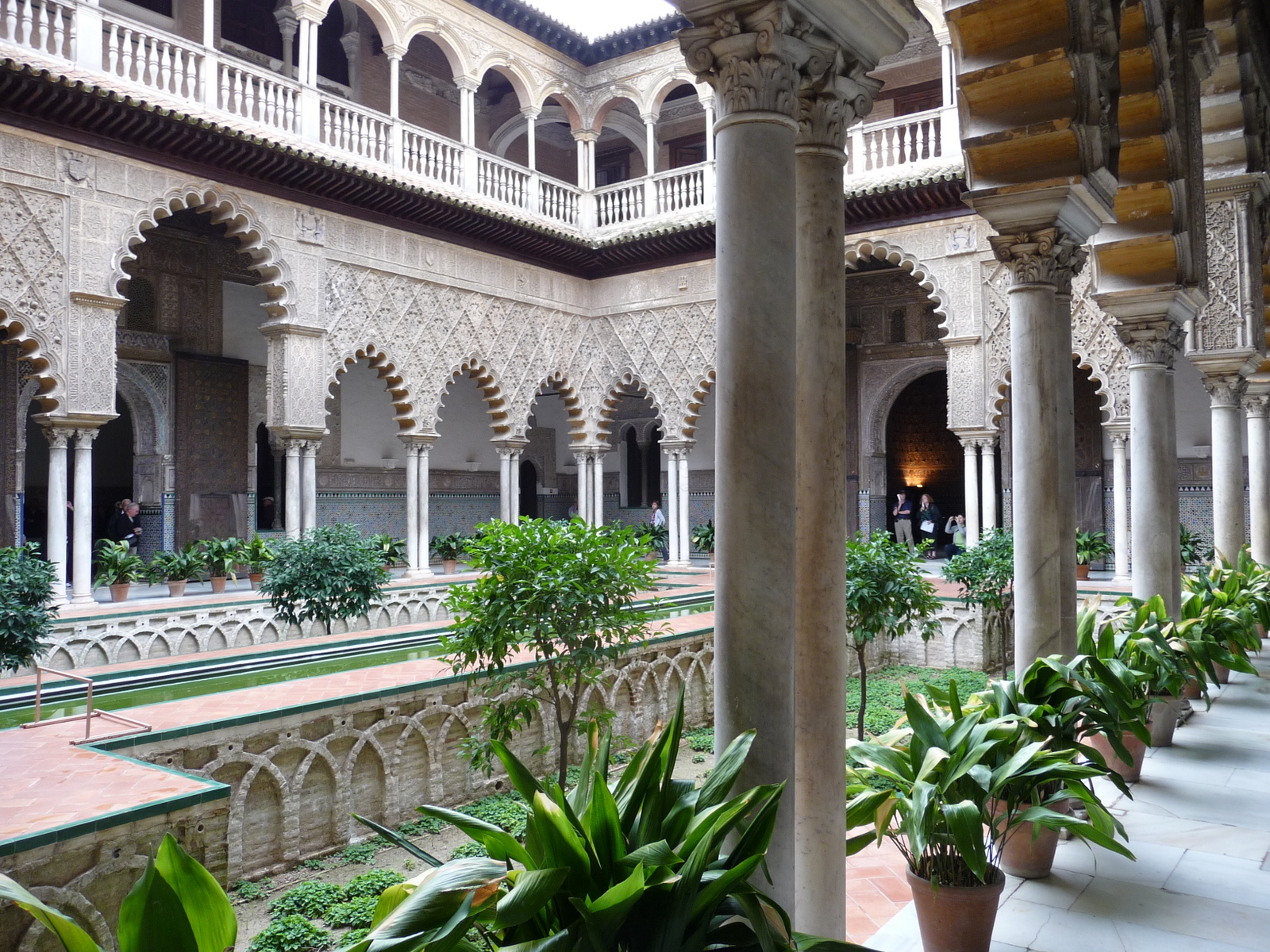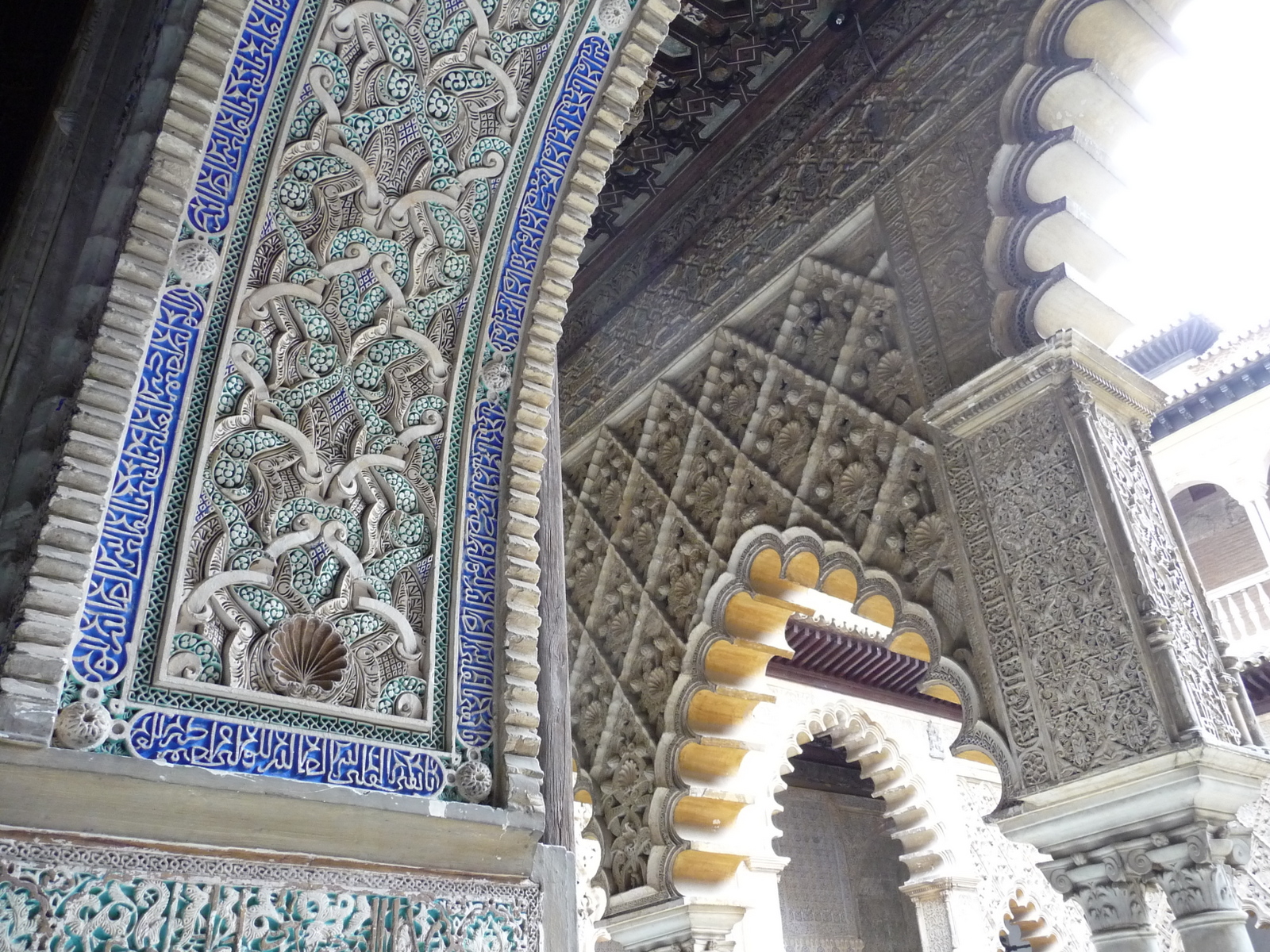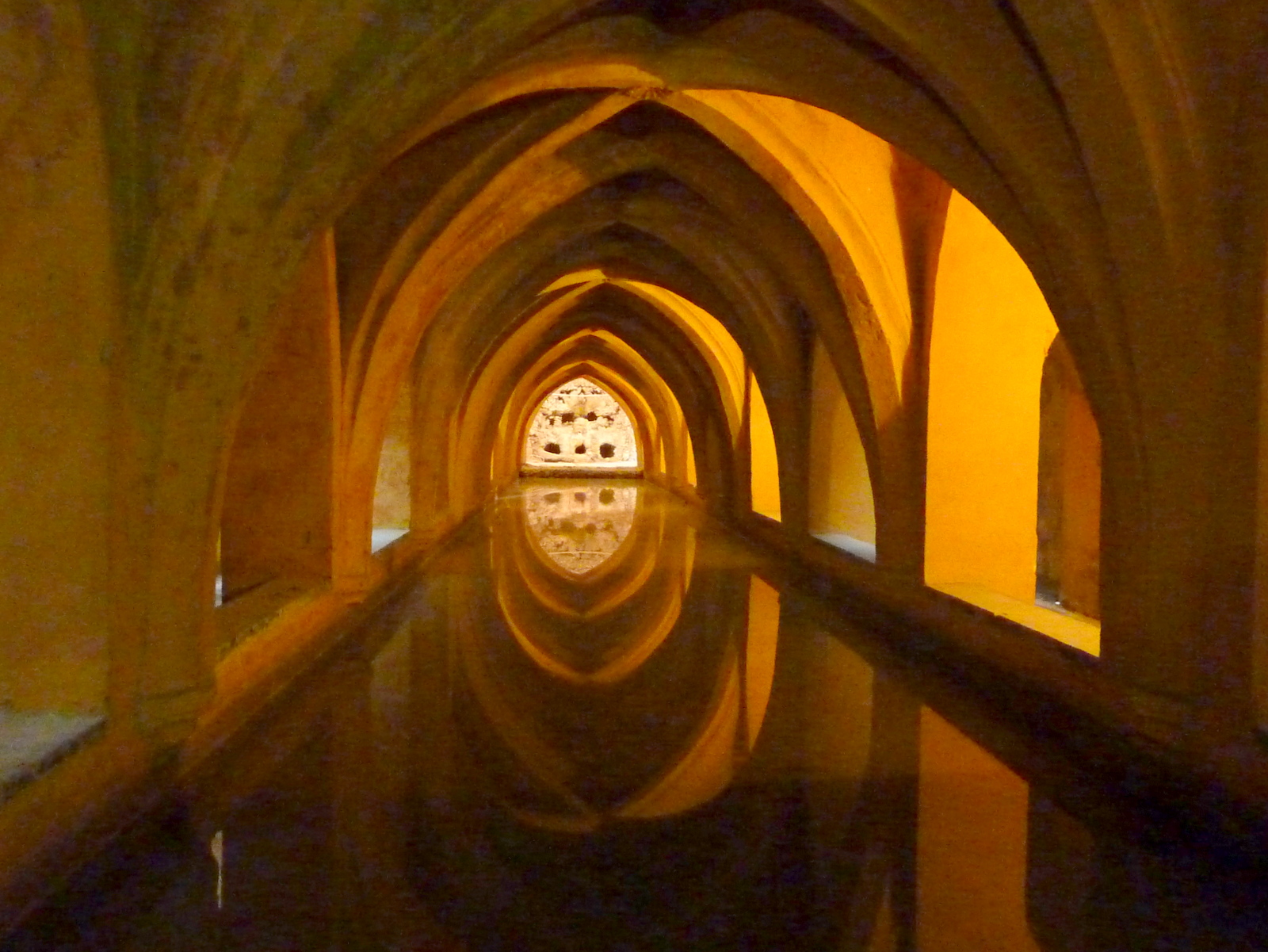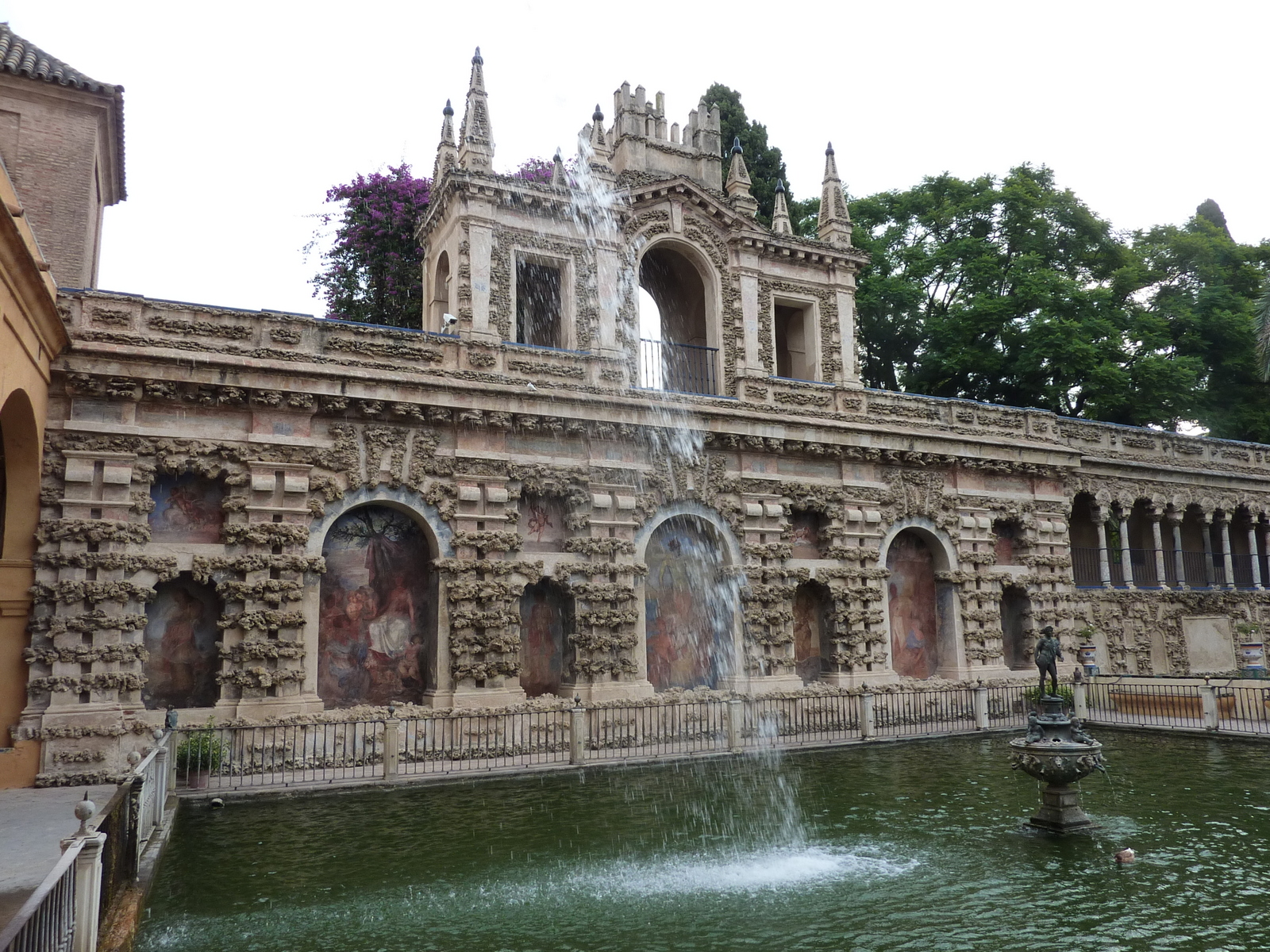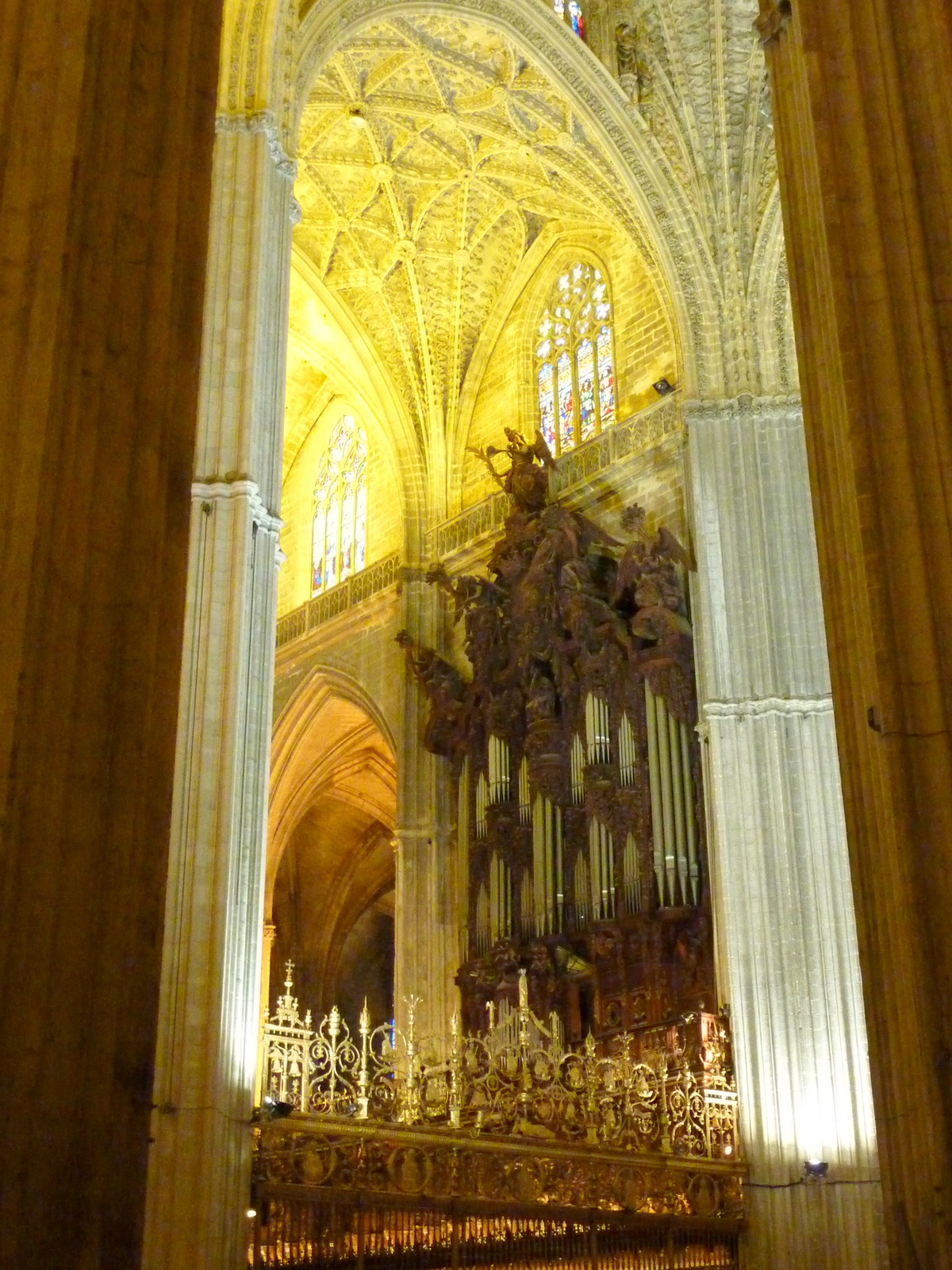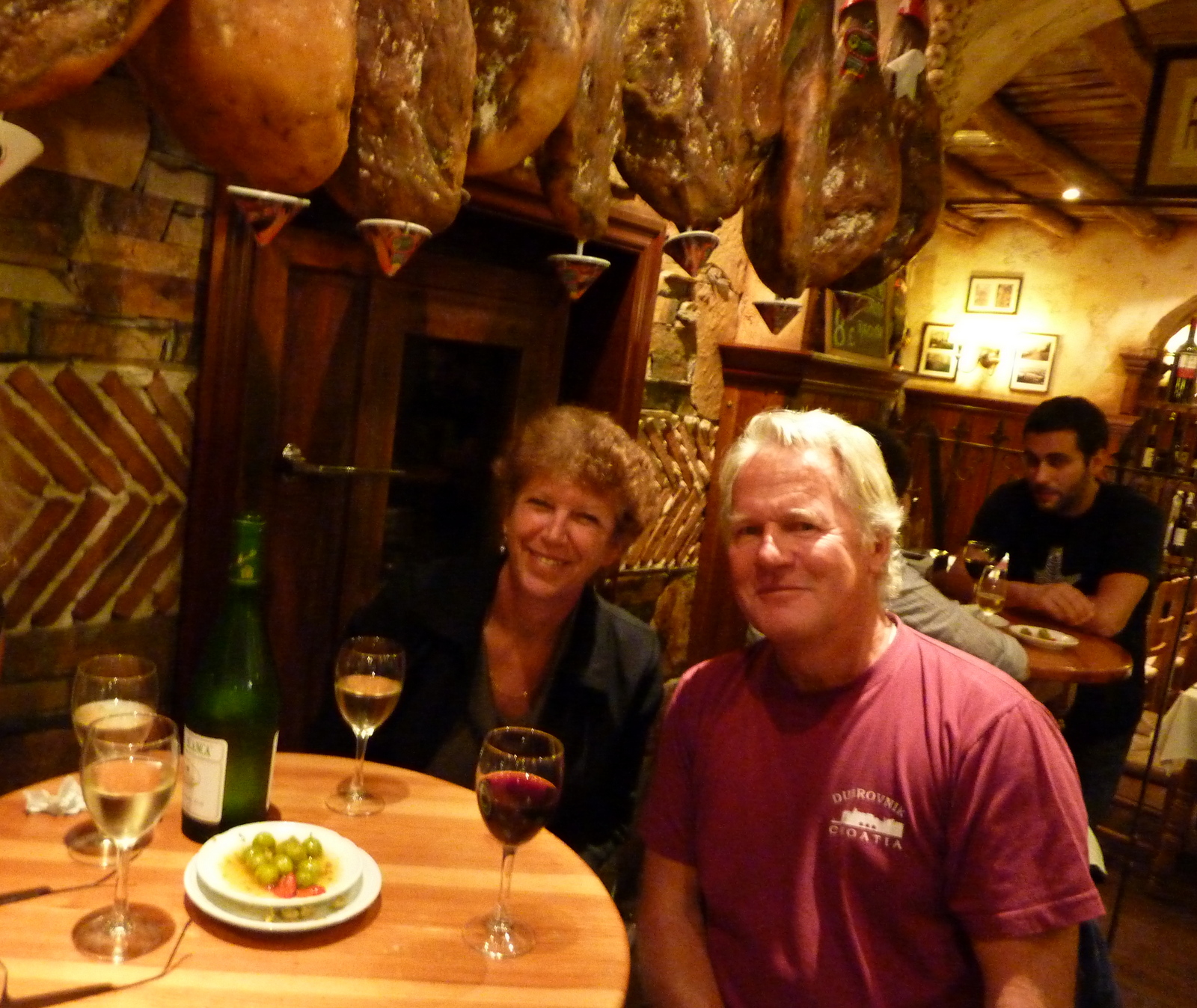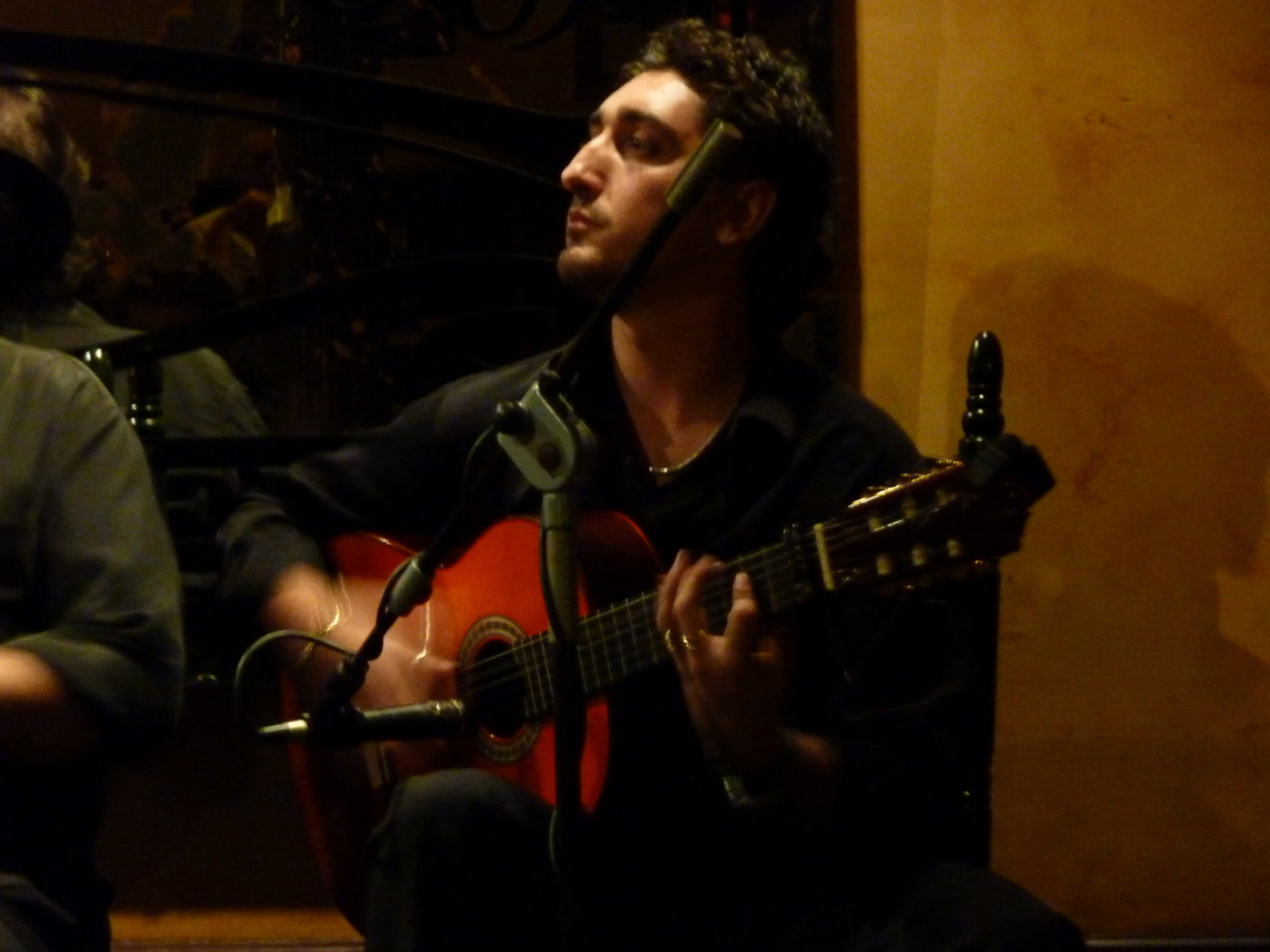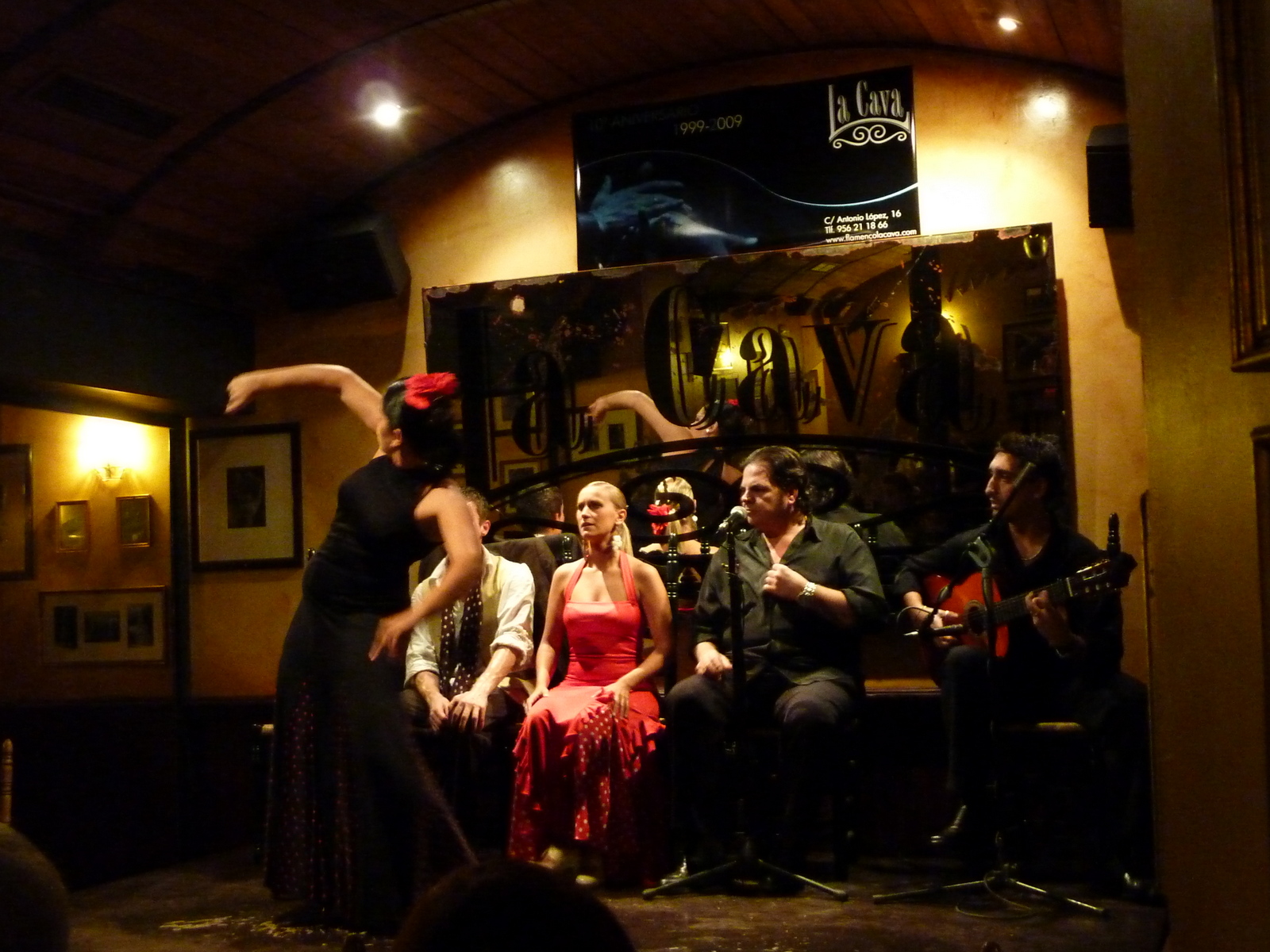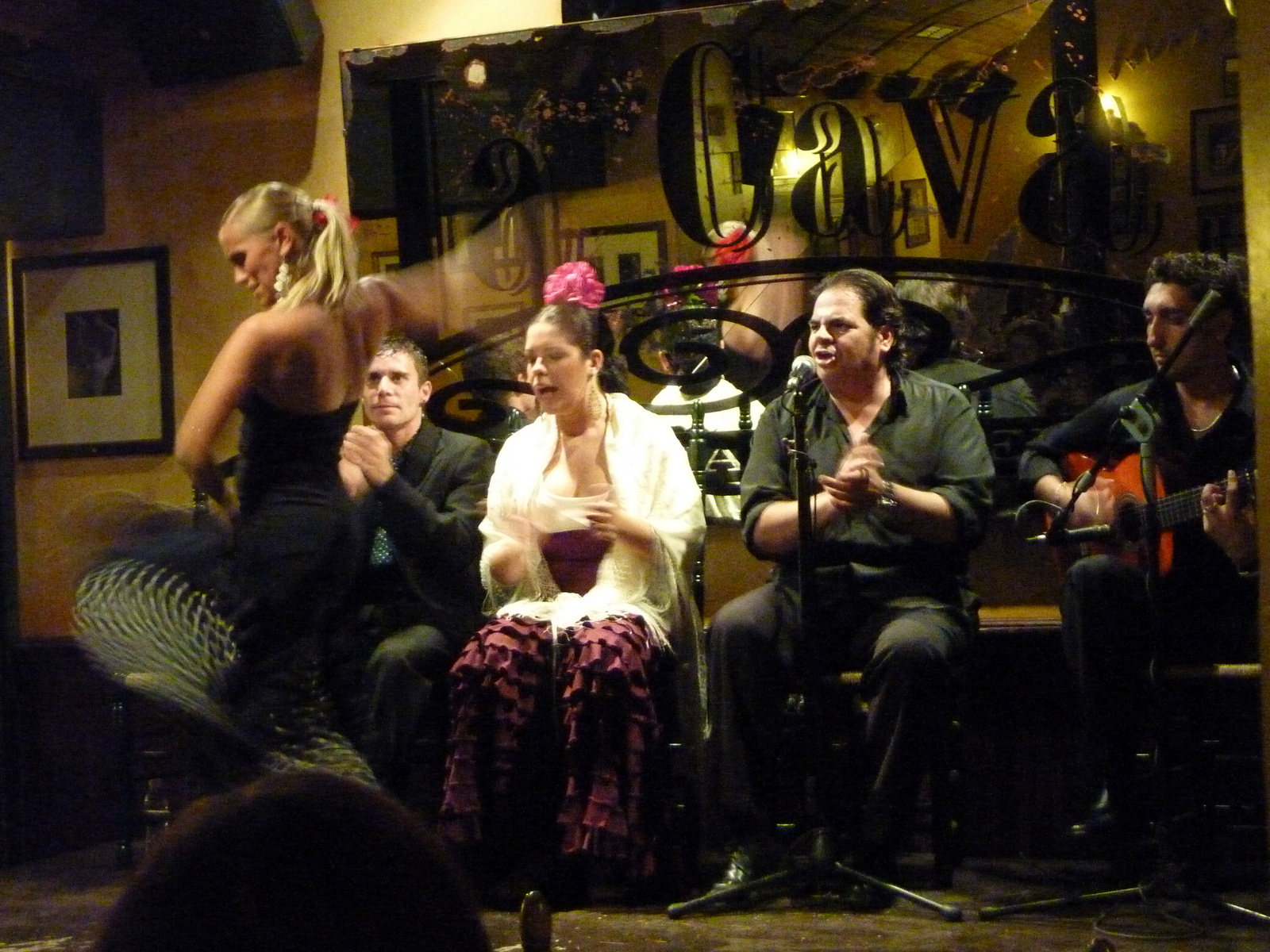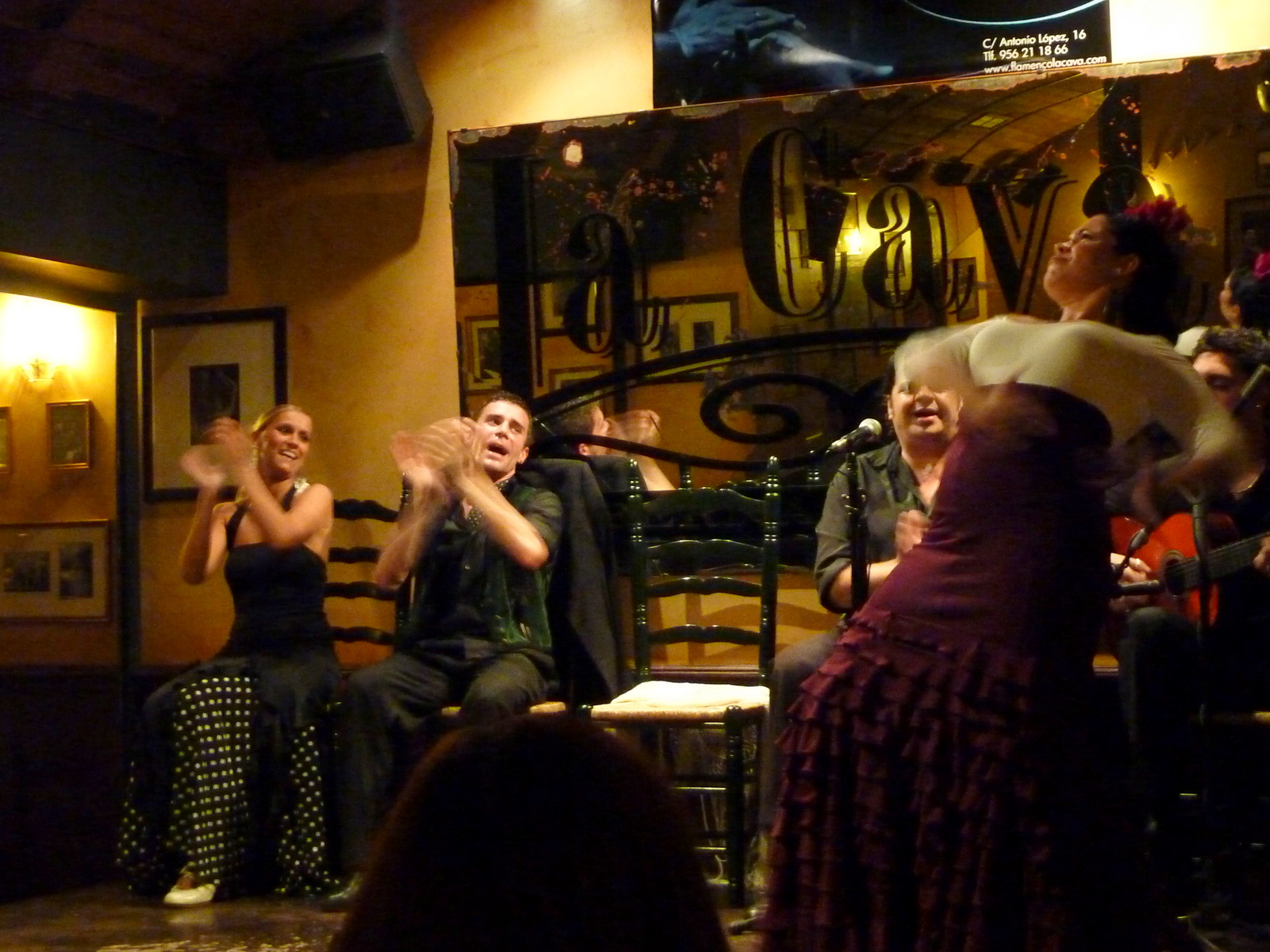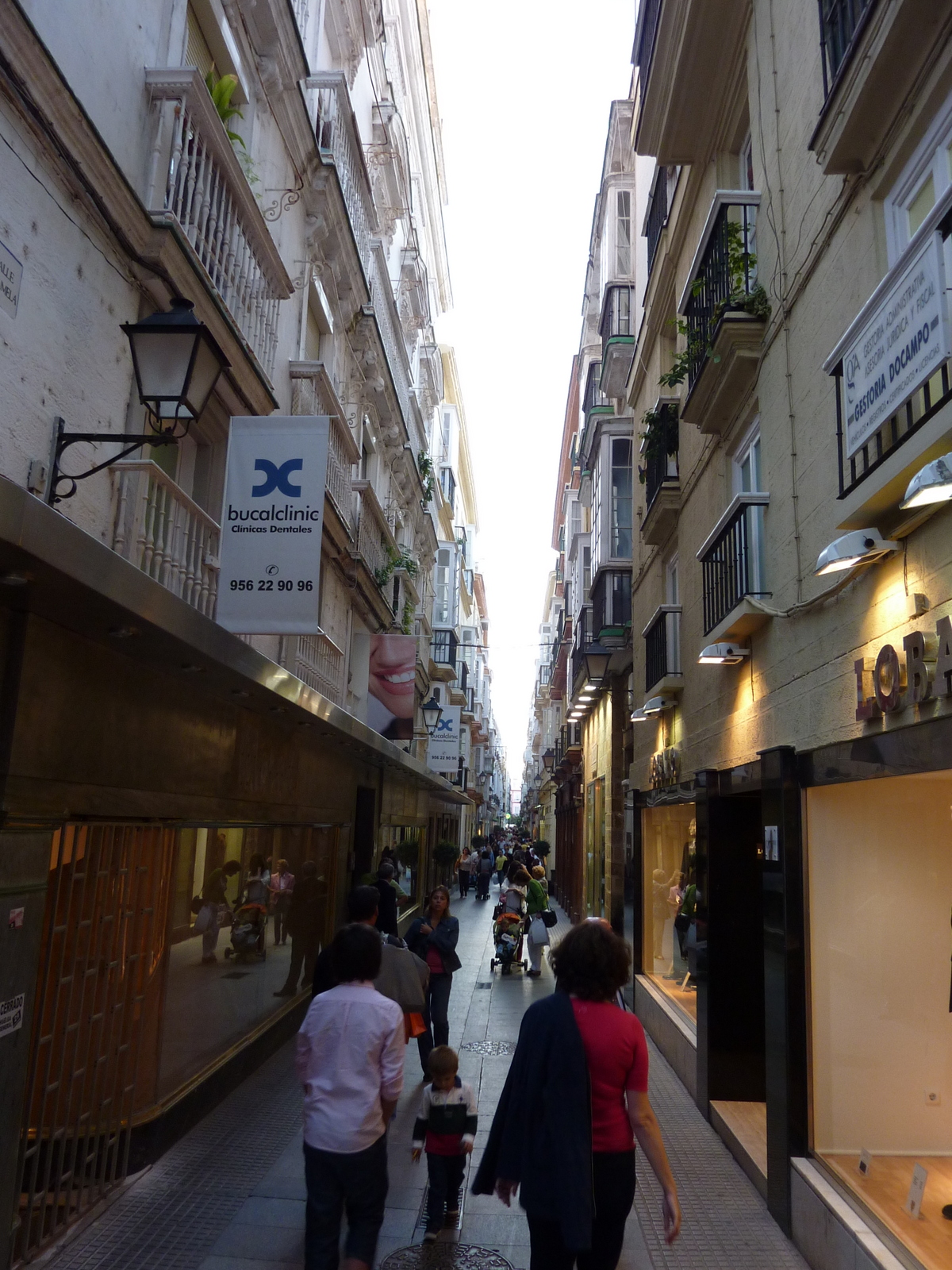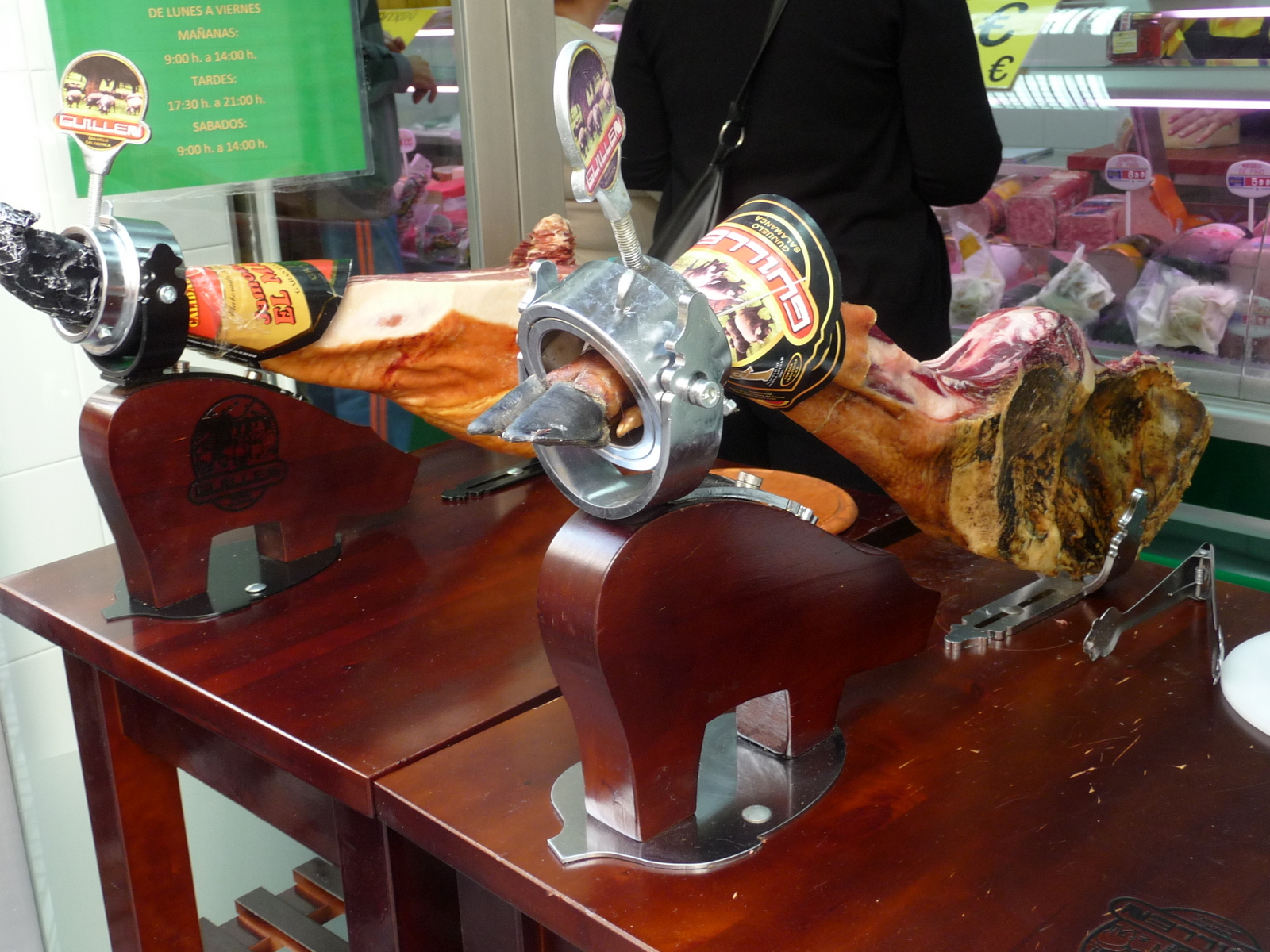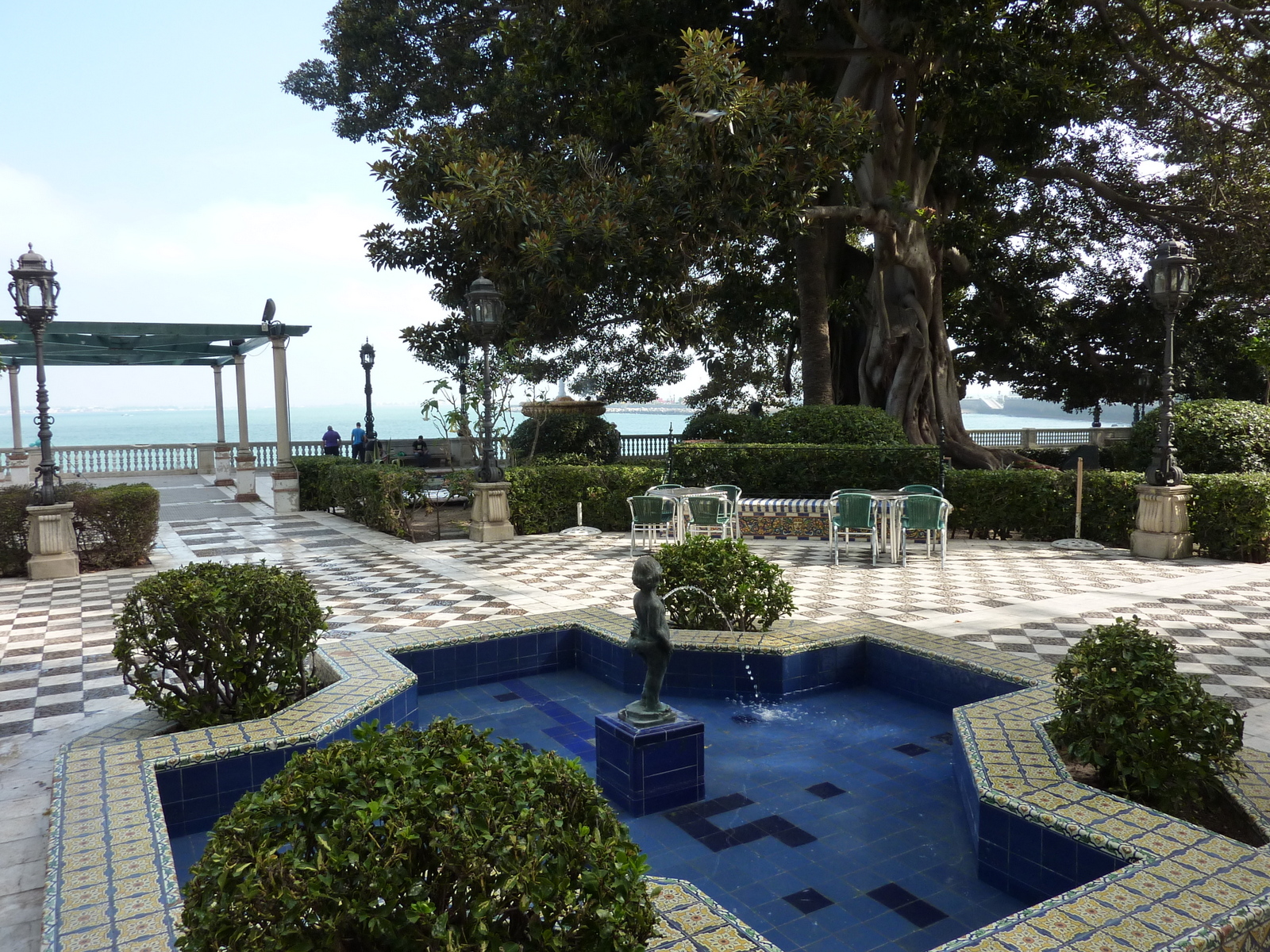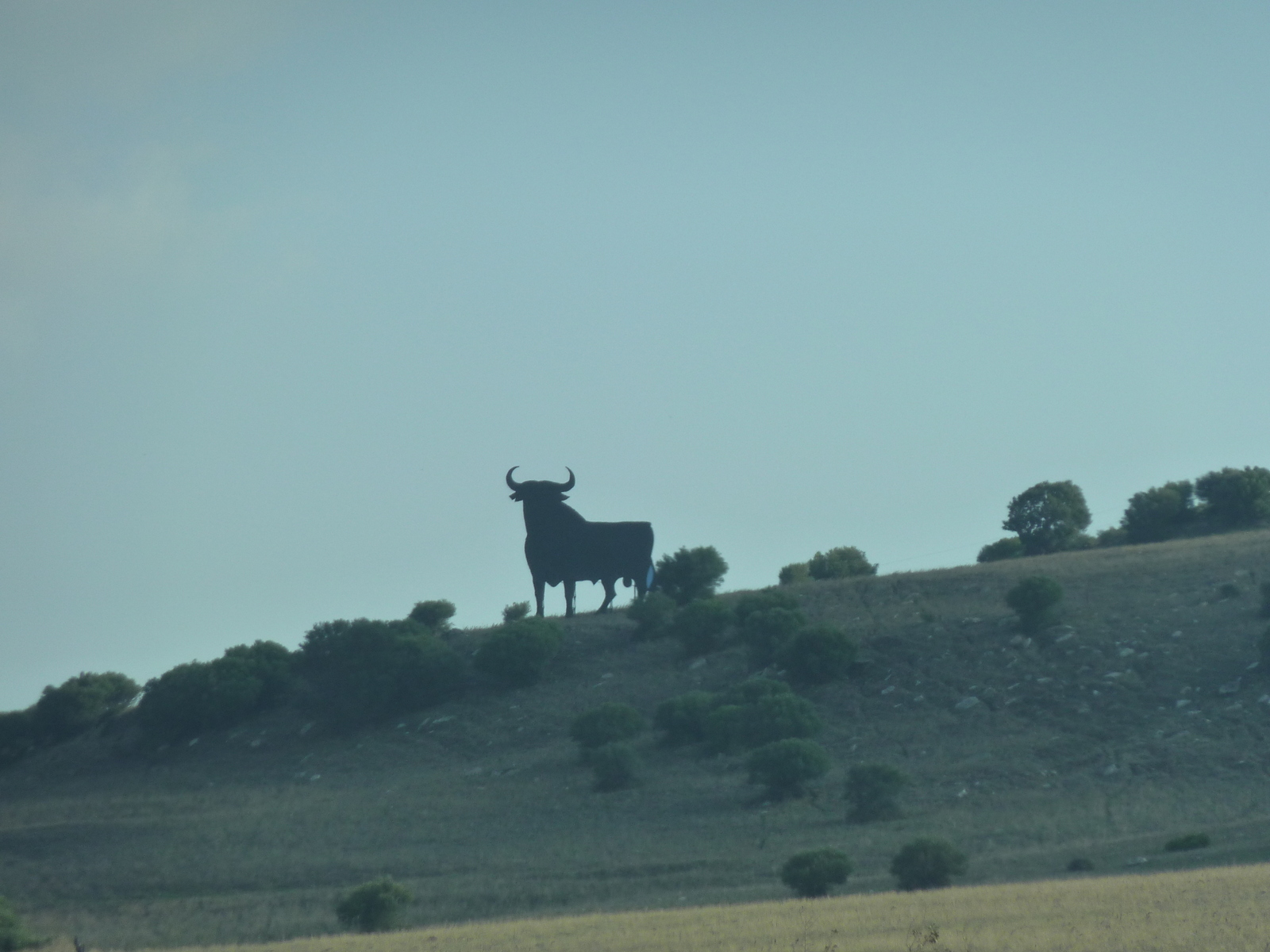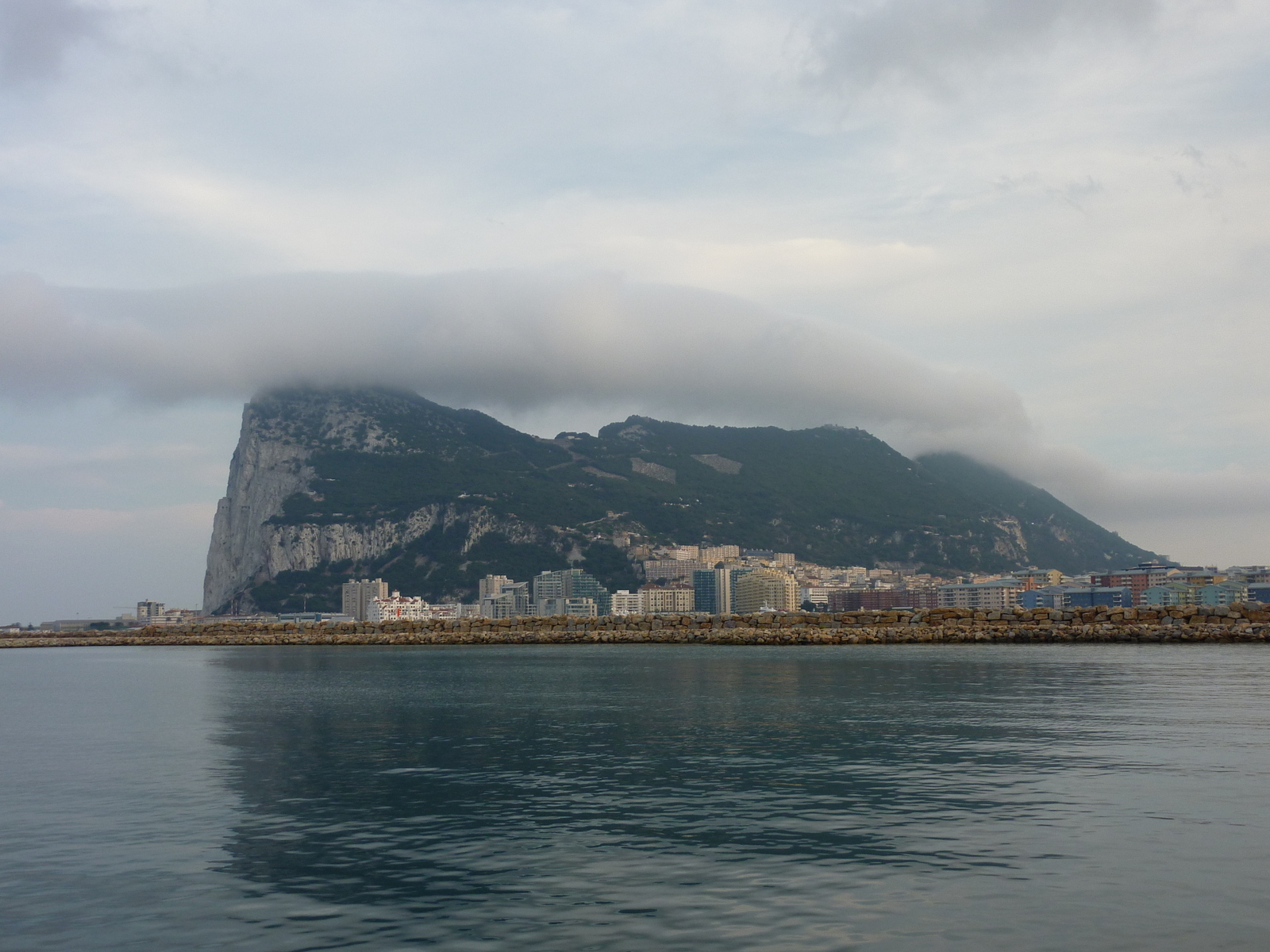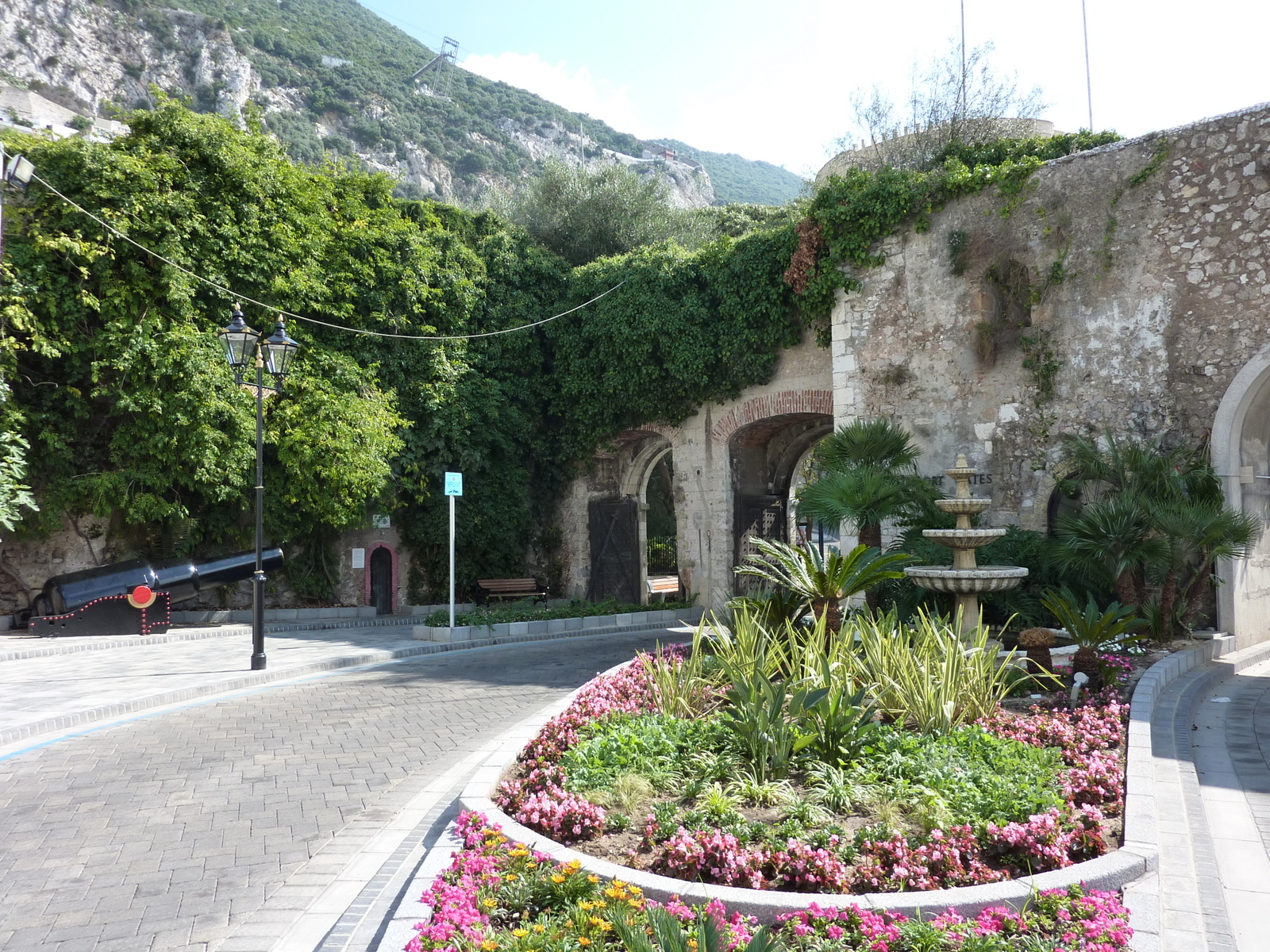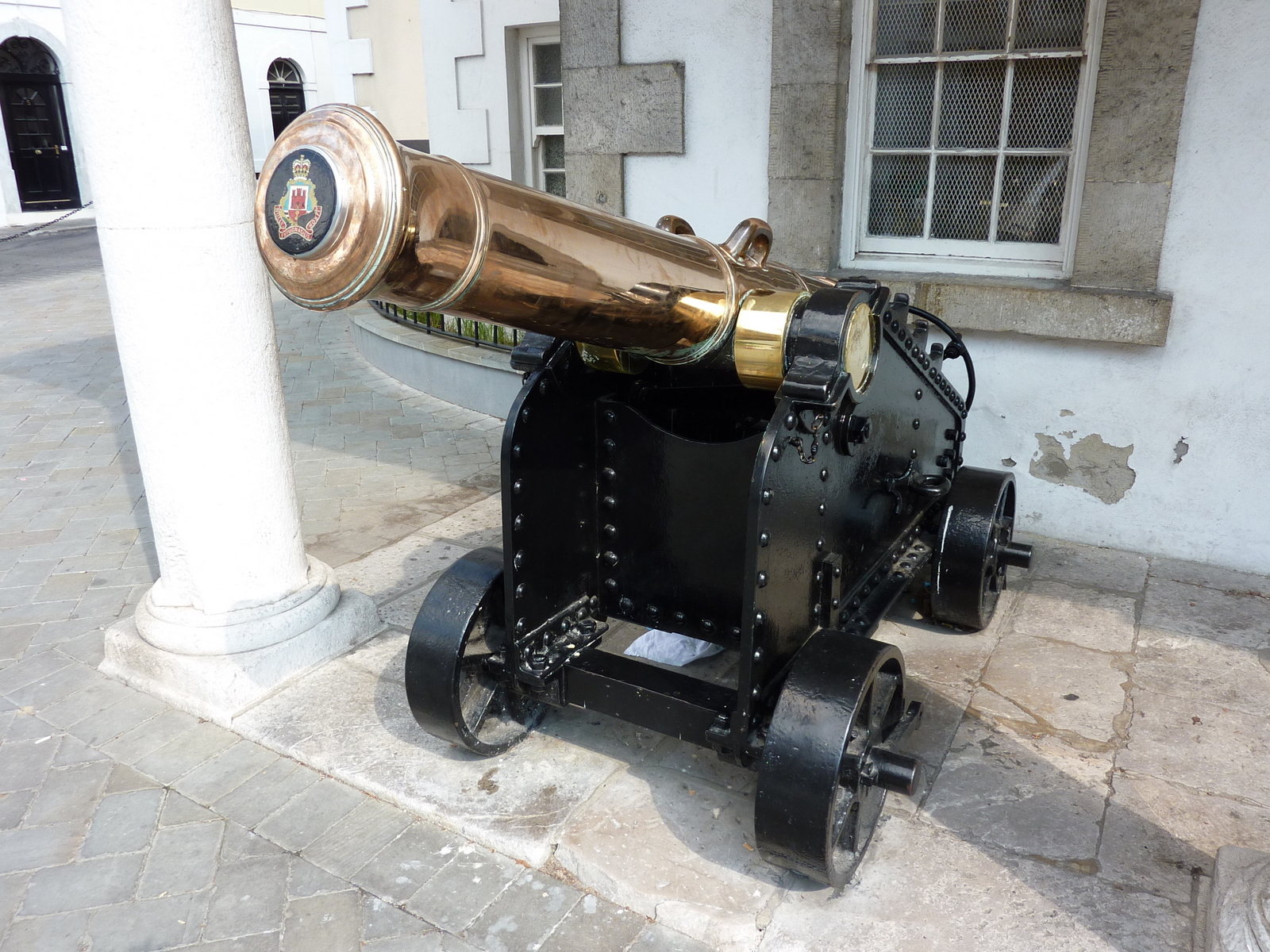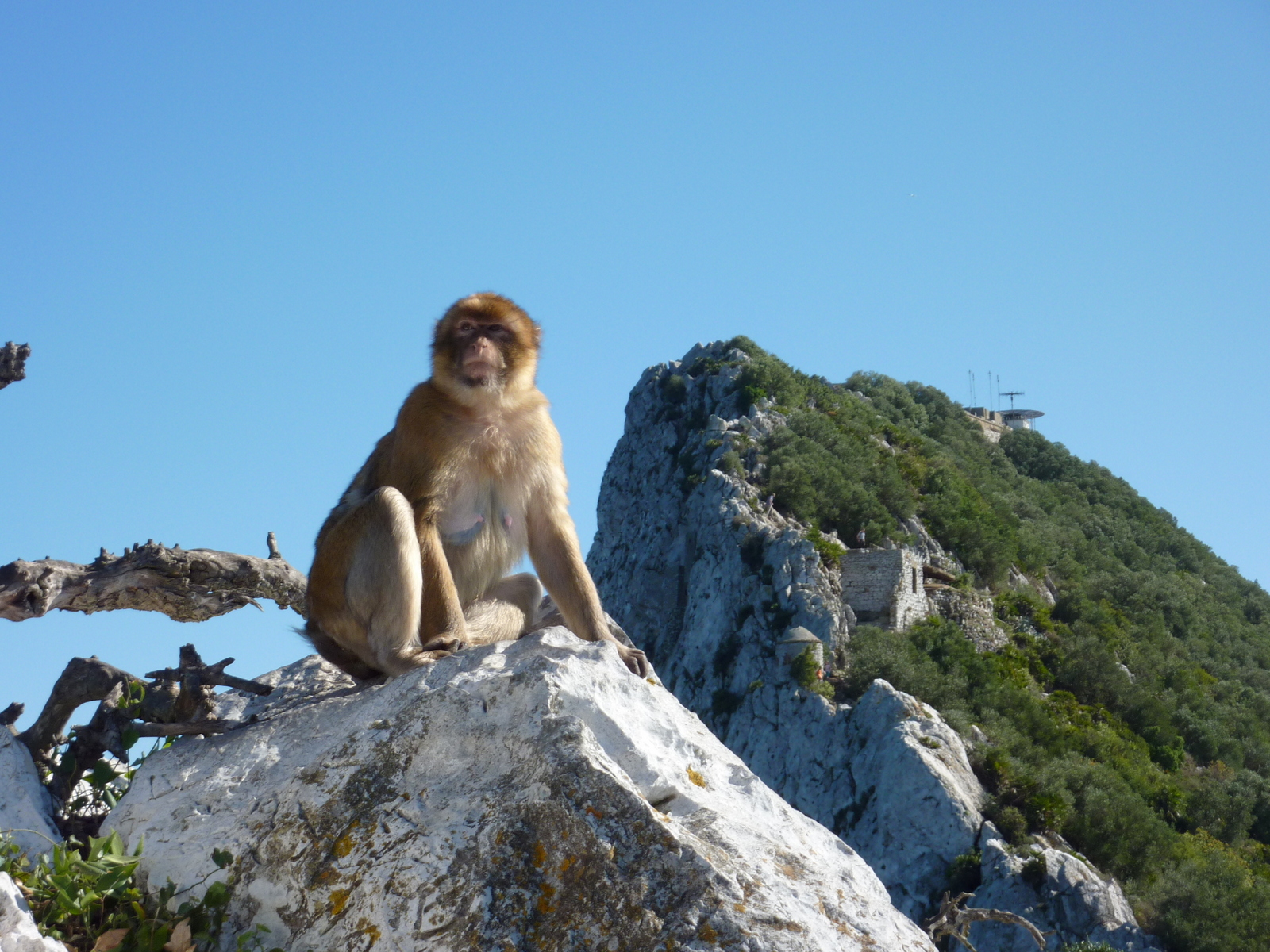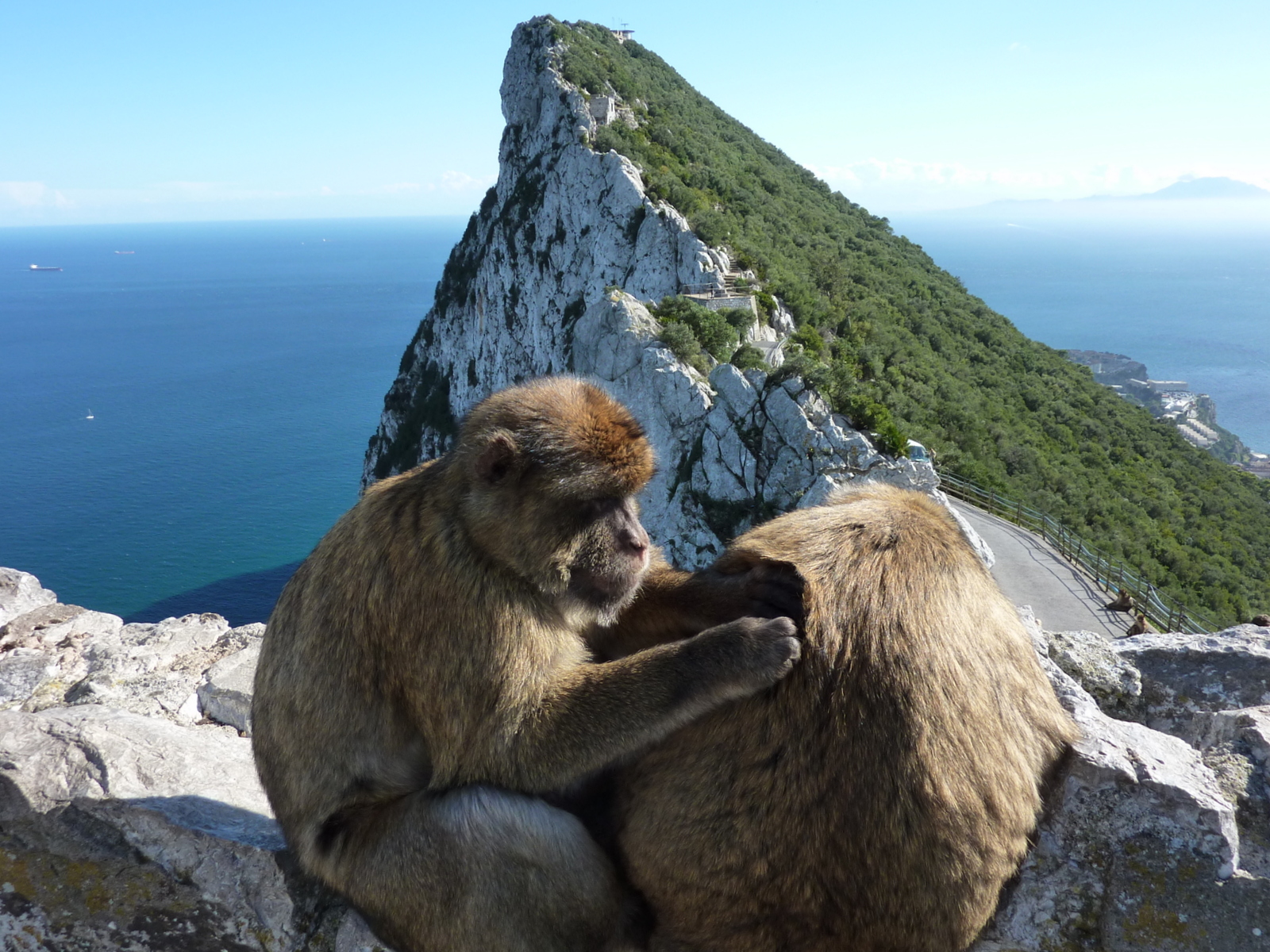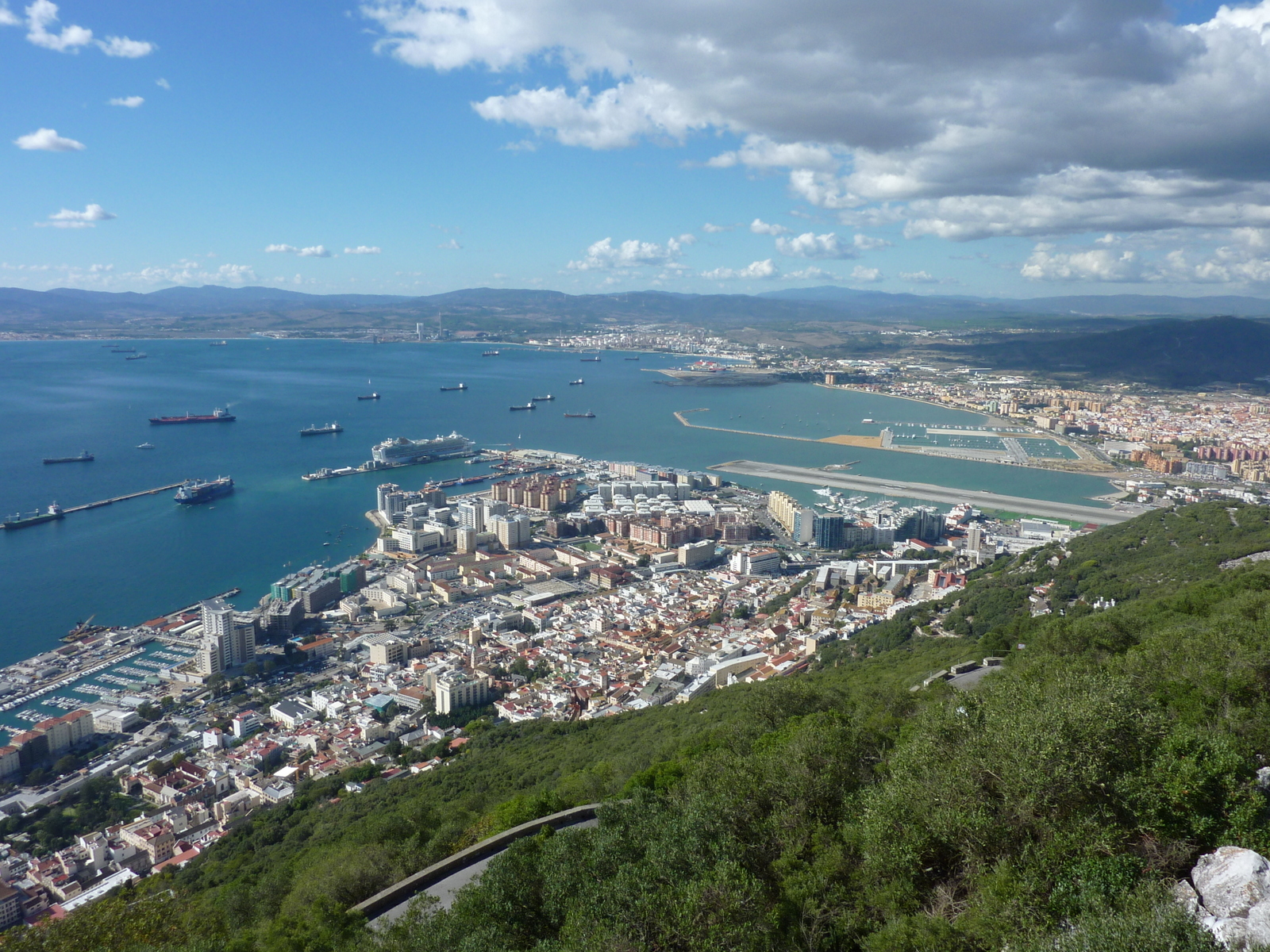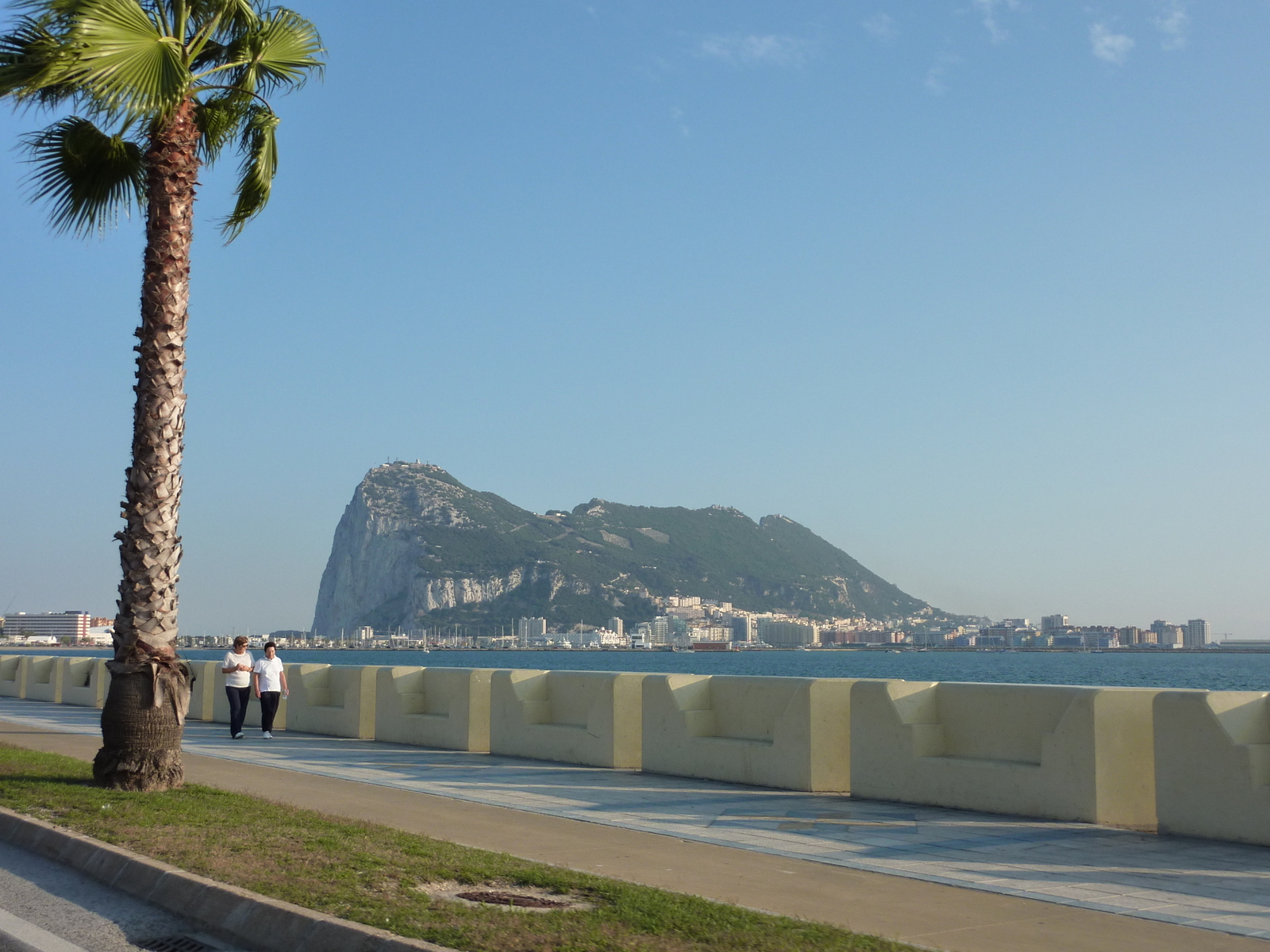After more than 16 hours of motor sailing in ghosterlies from .5 to 3 knots, the breeze finally filled in from the west just before sunset last evening. We unfurled the jib and were sailing at about 80% of wind speed in breezes from 4 to 8 knots. Happy hour was all the more happy with the engine silent and Moonshadow sailing on her course to the waypoint in calm seas. A bottle of bubbles was popped to celebrate the breeze and George’s birthday.
Sailing throughout the evening was extraordinarily comfortable. The only indications that we were not swinging on the hook in a dead calm anchorage was that there was a 5 degree heel angle and the slight sound of water passing along the hull.
For dinner Charles barbecued fillets from the mahi-mahi we had caught that morning. Merima rounded out the meal with sides of a stir fry of zucchini and peppers and rice infused with coconut milk.
After dinner Merima produced the huge birthday cake she had made from scratch (thank God for the Edmonds Cook Book), replete with an icing drawing of Moonshadow with her Southern Cross kite up. The cake was yummy and washed down with an assortment of aperitifs.
The festive mood continued for a few more hours with some comedy and music. The great thing about partying in the middle of the ocean is that you can blast Kevin Bloody Wilson and AC/DC on the stereo without offending anyone.
The breeze backed around throughout the evening so we continued to steer up to keep the pace on. At 0800 the skipper fired up the genset, a not-so-subtle way of awakening the crew so we could put up the spinnaker and make a bit more southing.
With the kite set and trimmed and Moonshadow moving along nicely, we were about to have a coffee break when a pod of dolphins came up and played in our bow wake for about half an hour.
Shortly after the dolphins departed, a pod of pilot whales lumbered by, crossing our path both ahead and astern and largely ignoring our presence.
The weather continues to be almost too nice. Daytime temperatures are now around 26˚ C/80˚F and skies have been mostly clear. A 2 meter/6 foot swell is coming from the west but at 13 seconds frequency, is almost unnoticeable on board.
While Thanksgiving has little significance to most of the crew, we’re all looking forward to a turkey dinner tonight. Merima found one without the bones, so it fit nicely in the freezer.
Going has been relatively slow due to light breezes, so our noon to noon run was a bit off the pace at 141 miles. Our noon position was 19 deg. 52 min. north by 22 deg. 45 min. west.
The Cape Verde islands are at least another day’s sail to the southwest and with some adverse winds on the same line of latitude, we’ve got to figure out how much further south we must sail before find the trade winds so we can hit the right blinker and head due west to St. Lucia.
-
Recent Posts
Recent Comments
Archives
- April 2025
- April 2012
- July 2011
- February 2011
- January 2011
- December 2010
- November 2010
- October 2010
- September 2010
- August 2010
- July 2010
- June 2010
- May 2010
- November 2009
- September 2009
- August 2009
- July 2009
- June 2009
- May 2009
- February 2009
- January 2009
- December 2008
- October 2008
- August 2008
- July 2008
- May 2008
- December 2007
- November 2007
- October 2007
- September 2007
- August 2007
- July 2007
- June 2007
- April 2007
- March 2007
- February 2007
- January 2007
- December 2006
- November 2006
- September 2006
- June 2006
- April 2006
- February 2006
- January 2006
- December 2005
- November 2005
- October 2005
- September 2005
- August 2005
- July 2005
- June 2005
- May 2005
- April 2005
- February 2005
- December 2004
- October 2004
- September 2004
- August 2004
- July 2004
- June 2004
- March 2004
- December 2003
- September 2003
- August 2003
- March 2003
- February 2003
- January 2003
- December 2002
- November 2002
- October 2002
- September 2002
- August 2002
- July 2002
- June 2002
- May 2002
- April 2002
- March 2002
- January 2002
- December 2001
- November 2001
- October 2001
- September 2001
- August 2001
- July 2001
- June 2001
- May 2001
- April 2001
- March 2001
- February 2001
- January 2001
- December 2000
- November 2000
- August 2000
- July 2000
- December 1999
- July 1999
- May 1999
- March 1999
- December 1998
- September 1998
- August 1998
- April 1998
- December 1997
- September 1997
- April 1997
- December 1996
- July 1996
Categories
- All Cruising Logs
- Atlantic Ocean Logs
- Australia Logs
- Caribbean Logs
- Cook Islands
- Croatia
- Cyprus
- FAQ's
- Fiji
- France
- French Polynesia
- Gibraltar
- Greece
- Indian Ocean Logs
- Indonesia Logs
- Inland Travel Logs
- Italy
- Links
- Malta
- Mediterranean Logs
- Mexico Logs
- MooCrew Bio's
- New Caledonia
- New Zealand Logs
- Pacific Ocean Logs
- Racing Logs
- Red Sea Logs
- South Pacific Logs
- Southeast Asia Logs
- Spain
- Stewart 34 Yachting
- Technical Information
- Tunisia
- Turkey
- Uncategorized
- Vanuatu
Meta
-
Recent Posts
Recent Comments
Archives
- April 2025
- April 2012
- July 2011
- February 2011
- January 2011
- December 2010
- November 2010
- October 2010
- September 2010
- August 2010
- July 2010
- June 2010
- May 2010
- November 2009
- September 2009
- August 2009
- July 2009
- June 2009
- May 2009
- February 2009
- January 2009
- December 2008
- October 2008
- August 2008
- July 2008
- May 2008
- December 2007
- November 2007
- October 2007
- September 2007
- August 2007
- July 2007
- June 2007
- April 2007
- March 2007
- February 2007
- January 2007
- December 2006
- November 2006
- September 2006
- June 2006
- April 2006
- February 2006
- January 2006
- December 2005
- November 2005
- October 2005
- September 2005
- August 2005
- July 2005
- June 2005
- May 2005
- April 2005
- February 2005
- December 2004
- October 2004
- September 2004
- August 2004
- July 2004
- June 2004
- March 2004
- December 2003
- September 2003
- August 2003
- March 2003
- February 2003
- January 2003
- December 2002
- November 2002
- October 2002
- September 2002
- August 2002
- July 2002
- June 2002
- May 2002
- April 2002
- March 2002
- January 2002
- December 2001
- November 2001
- October 2001
- September 2001
- August 2001
- July 2001
- June 2001
- May 2001
- April 2001
- March 2001
- February 2001
- January 2001
- December 2000
- November 2000
- August 2000
- July 2000
- December 1999
- July 1999
- May 1999
- March 1999
- December 1998
- September 1998
- August 1998
- April 1998
- December 1997
- September 1997
- April 1997
- December 1996
- July 1996
Categories
- All Cruising Logs
- Atlantic Ocean Logs
- Australia Logs
- Caribbean Logs
- Cook Islands
- Croatia
- Cyprus
- FAQ's
- Fiji
- France
- French Polynesia
- Gibraltar
- Greece
- Indian Ocean Logs
- Indonesia Logs
- Inland Travel Logs
- Italy
- Links
- Malta
- Mediterranean Logs
- Mexico Logs
- MooCrew Bio's
- New Caledonia
- New Zealand Logs
- Pacific Ocean Logs
- Racing Logs
- Red Sea Logs
- South Pacific Logs
- Southeast Asia Logs
- Spain
- Stewart 34 Yachting
- Technical Information
- Tunisia
- Turkey
- Uncategorized
- Vanuatu
Meta

